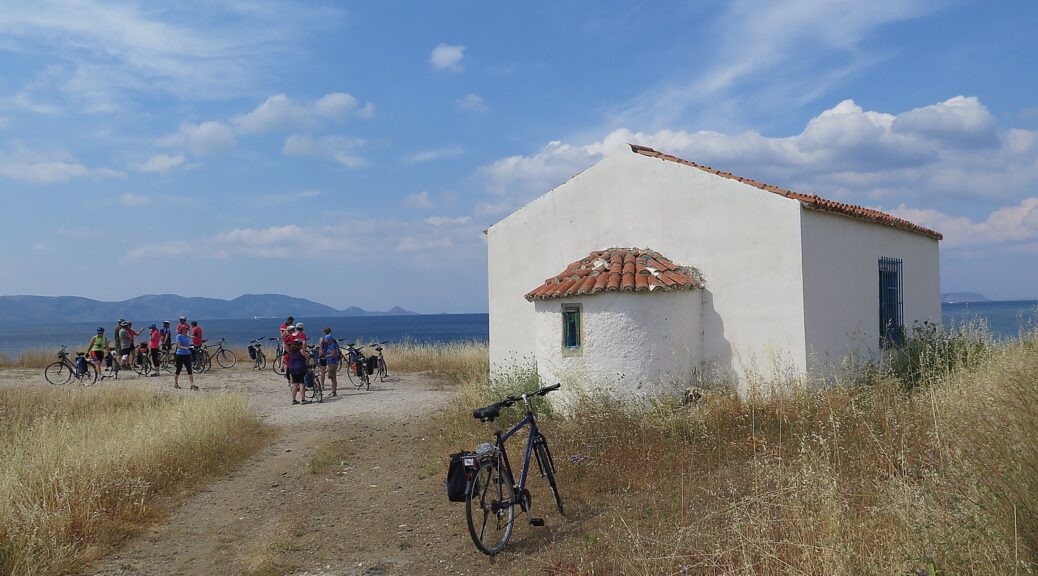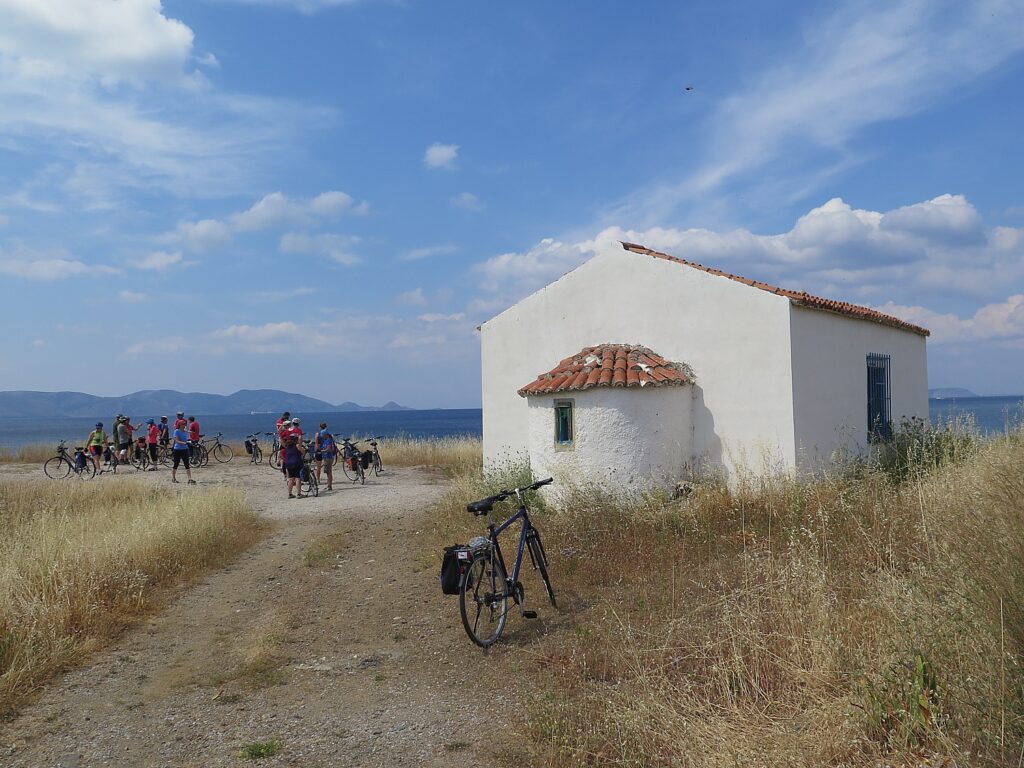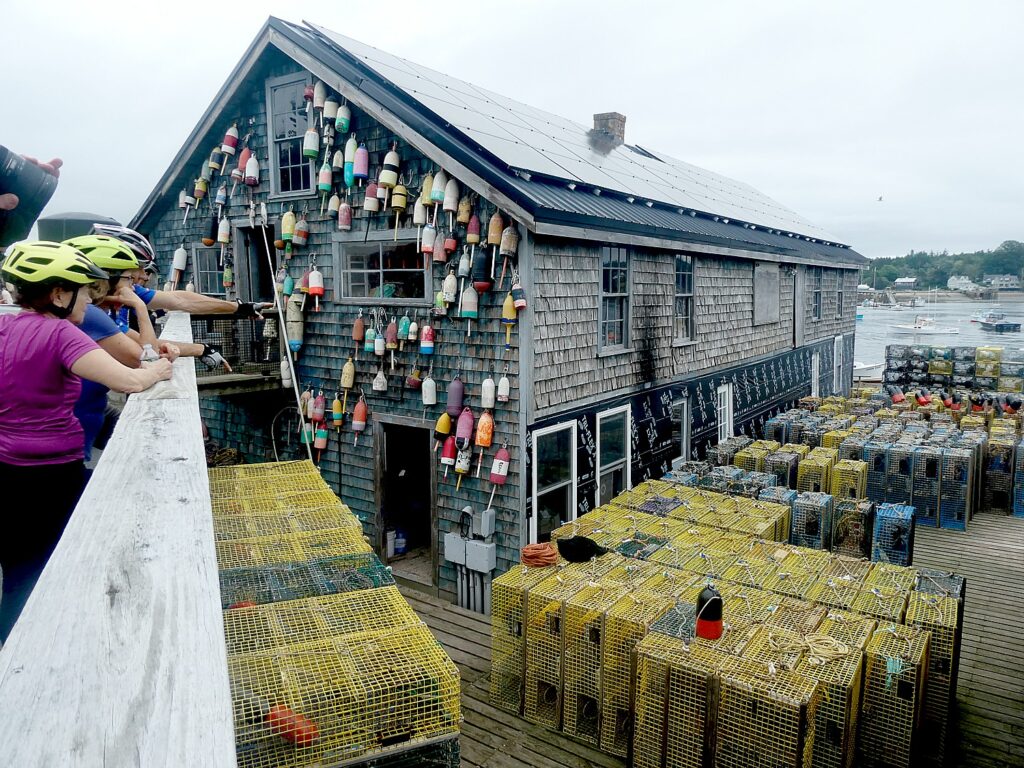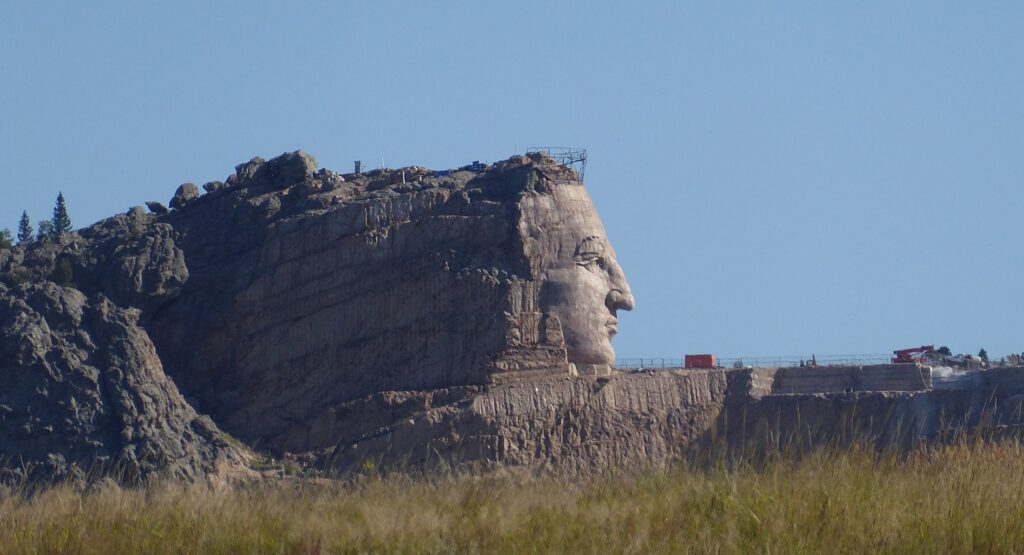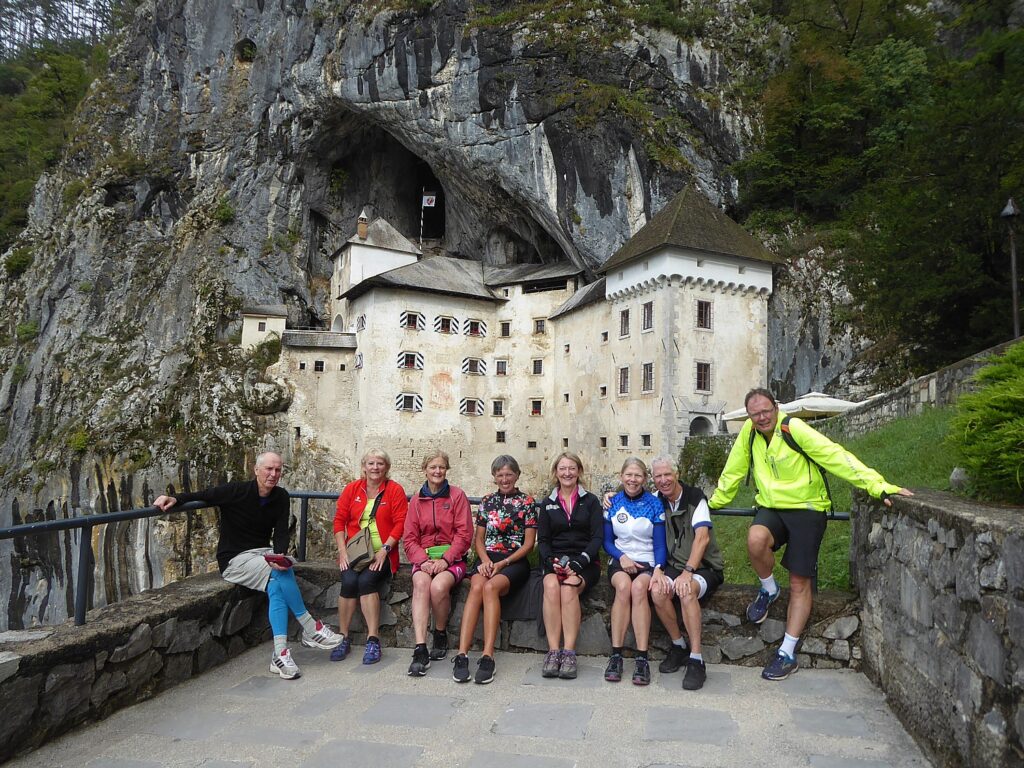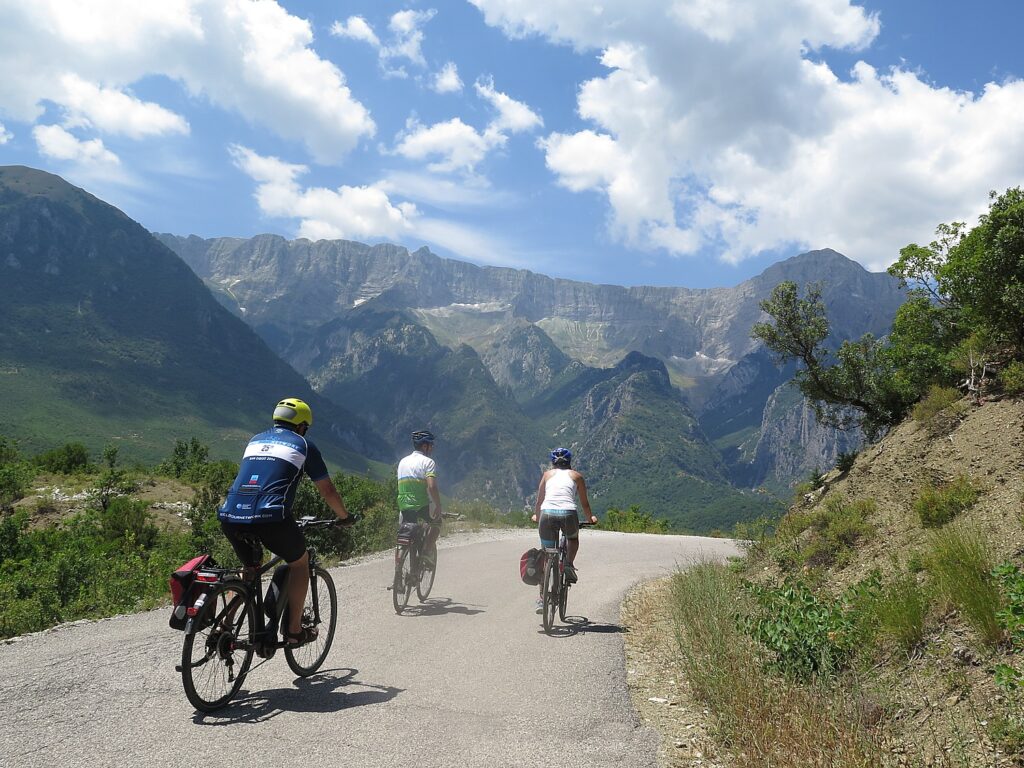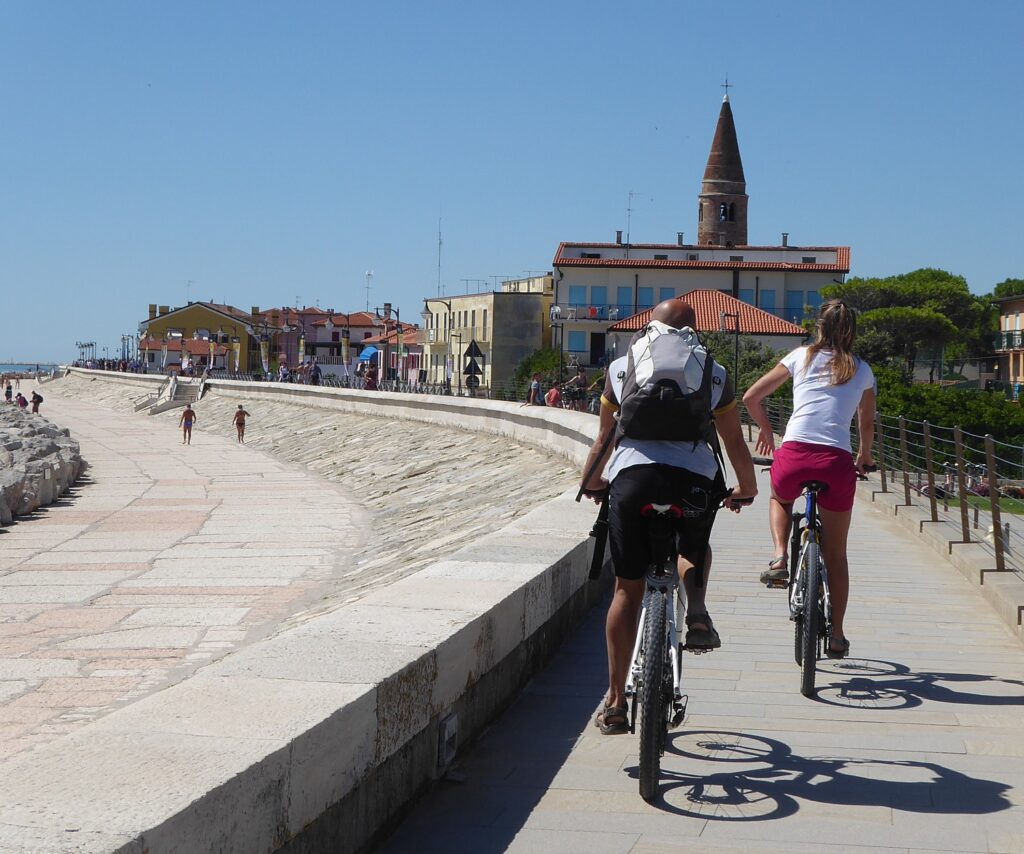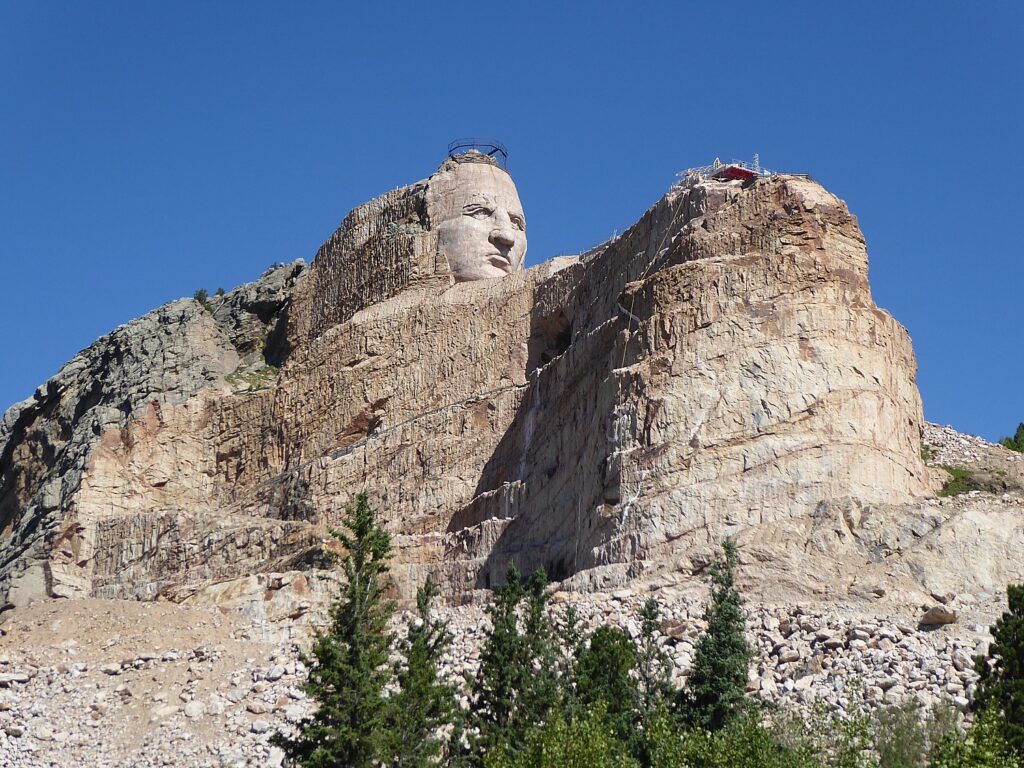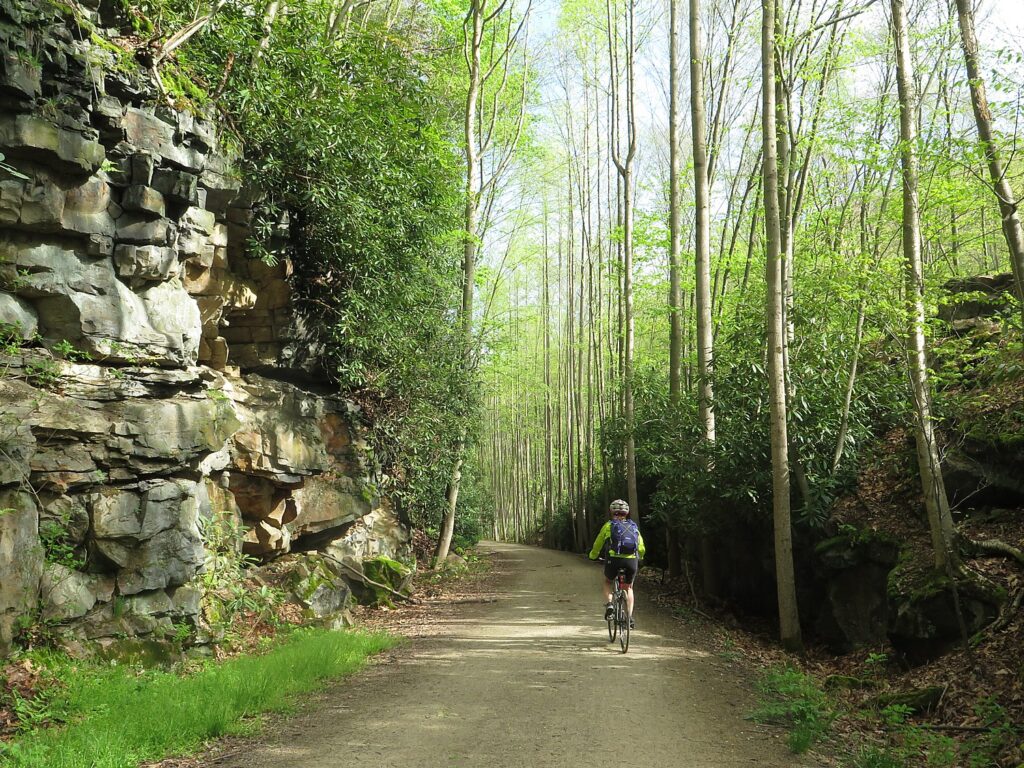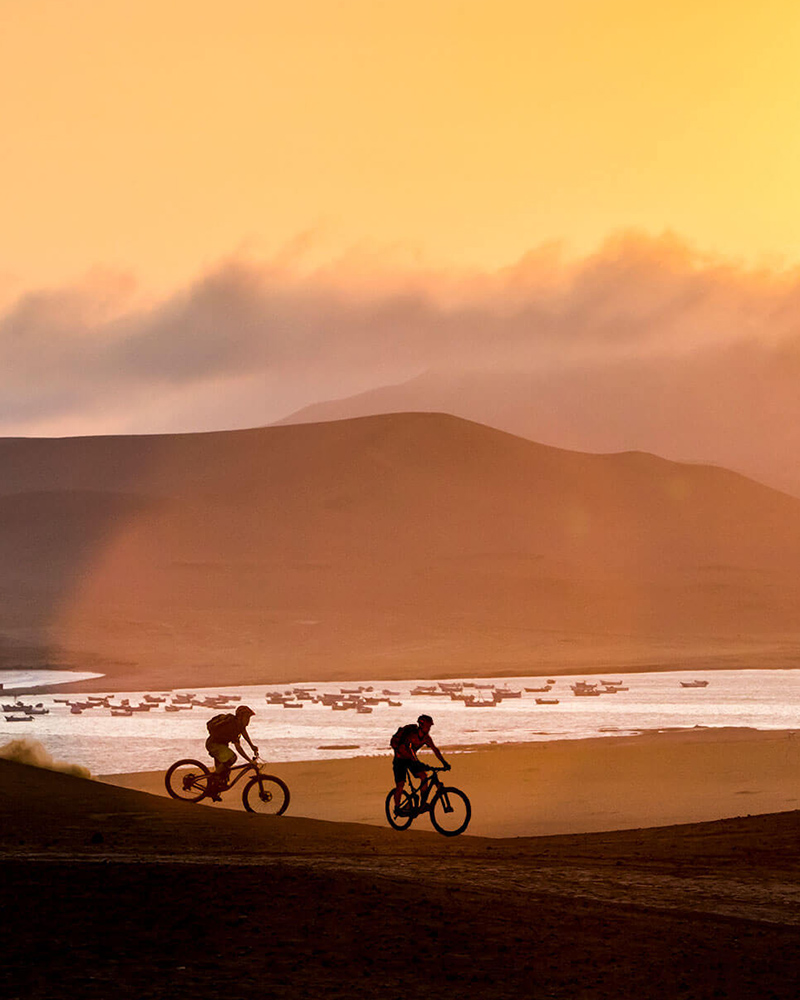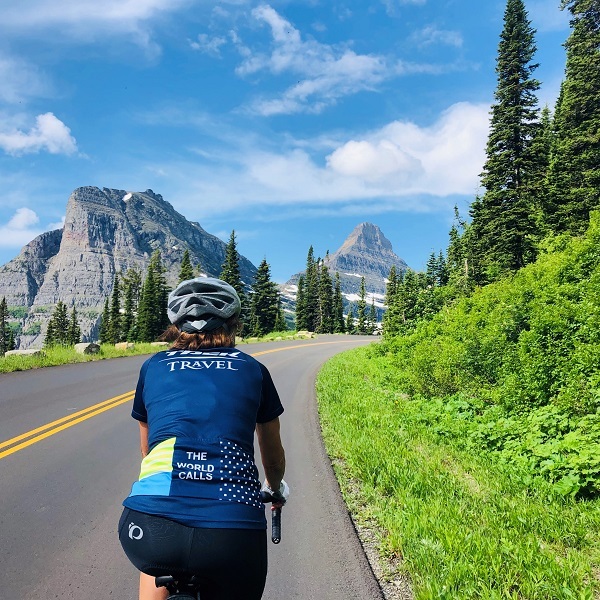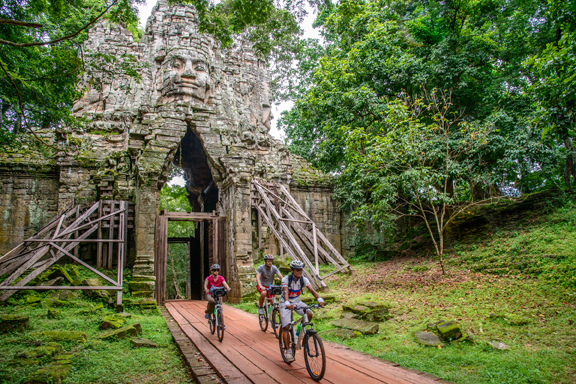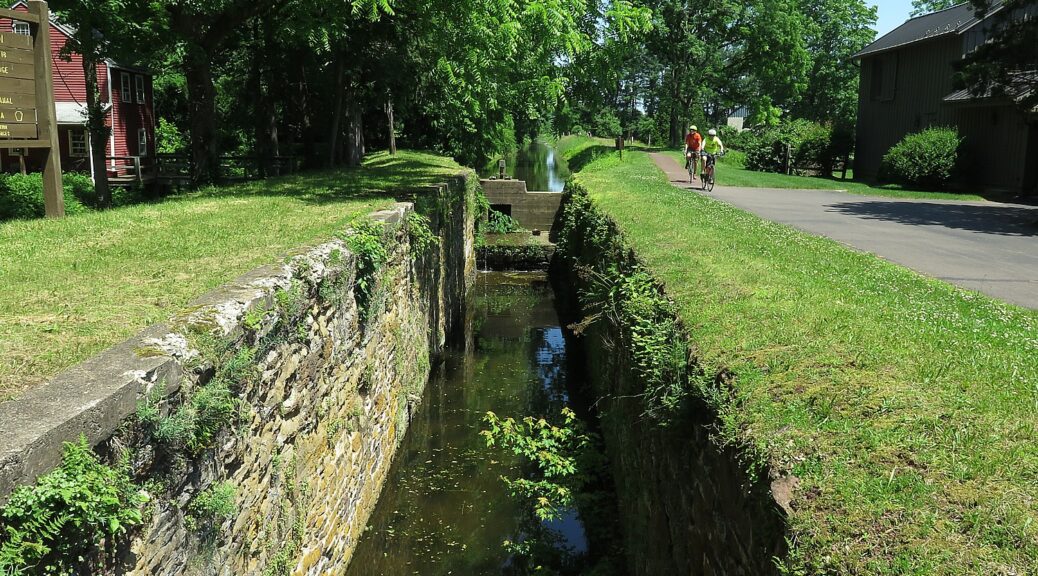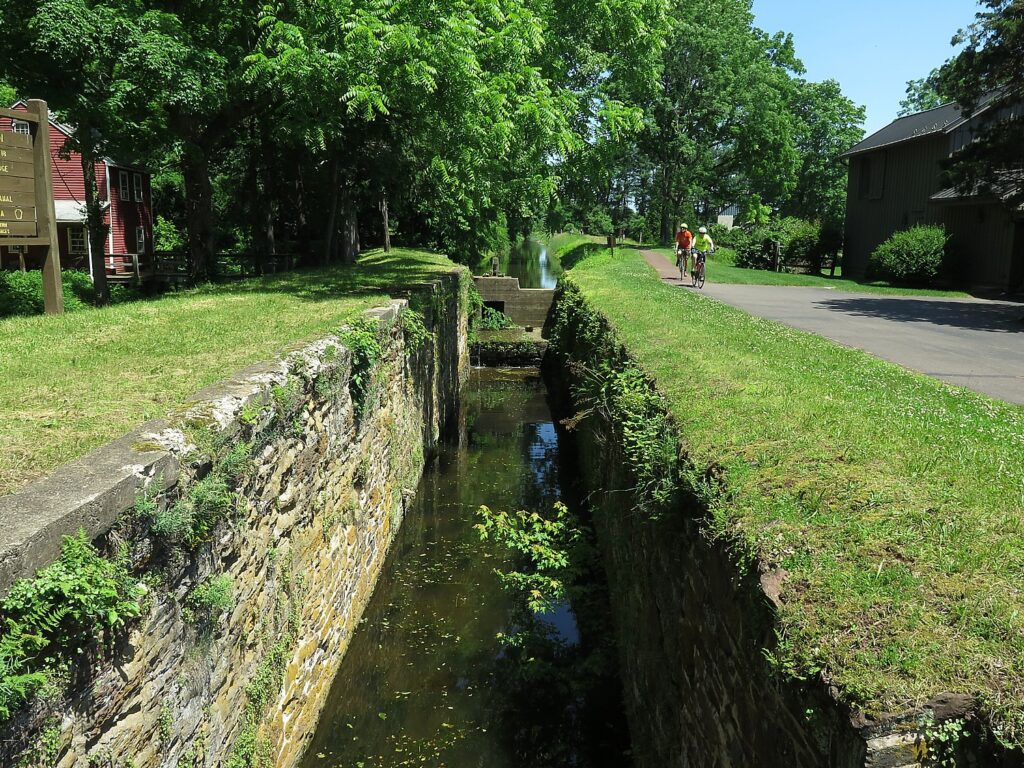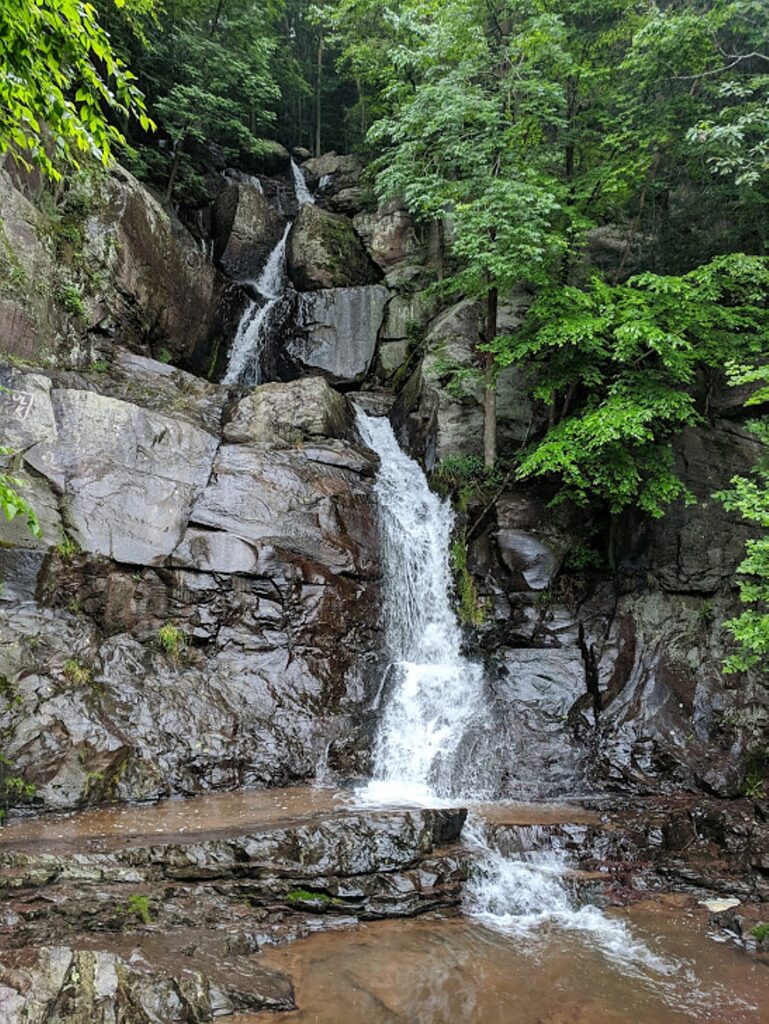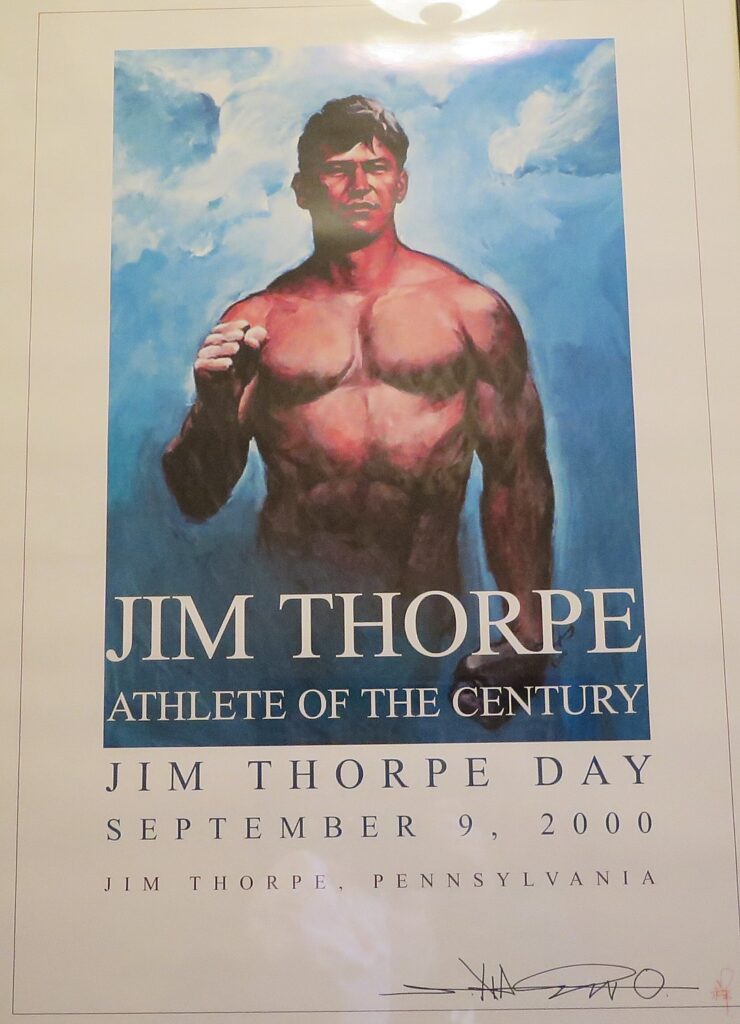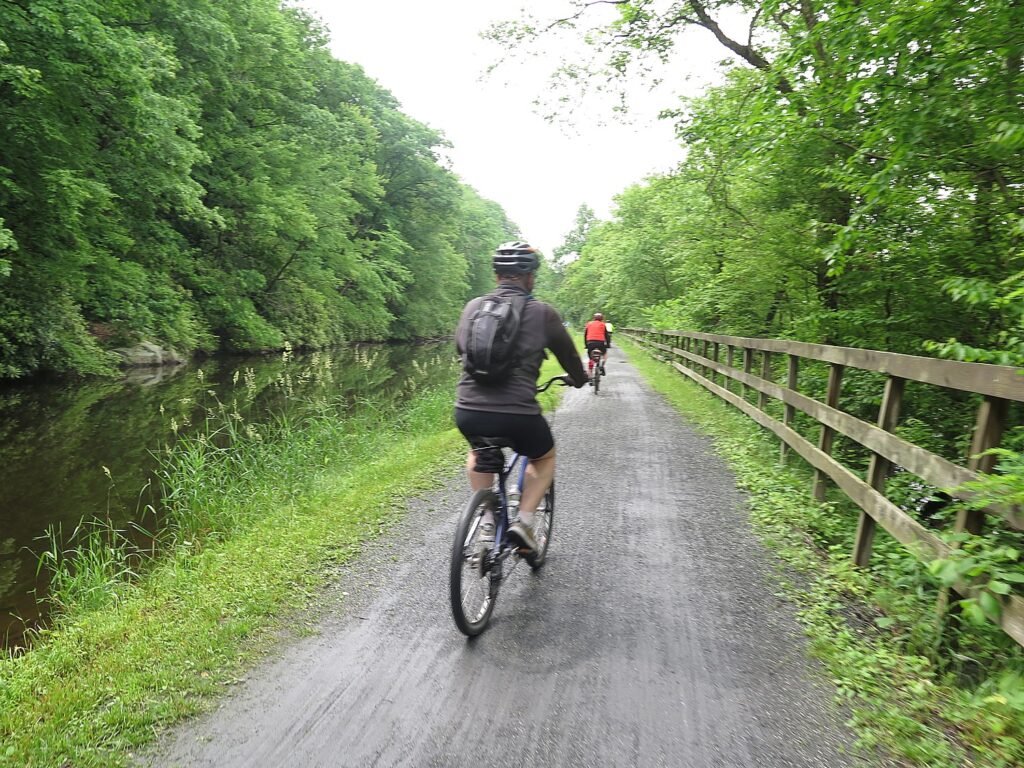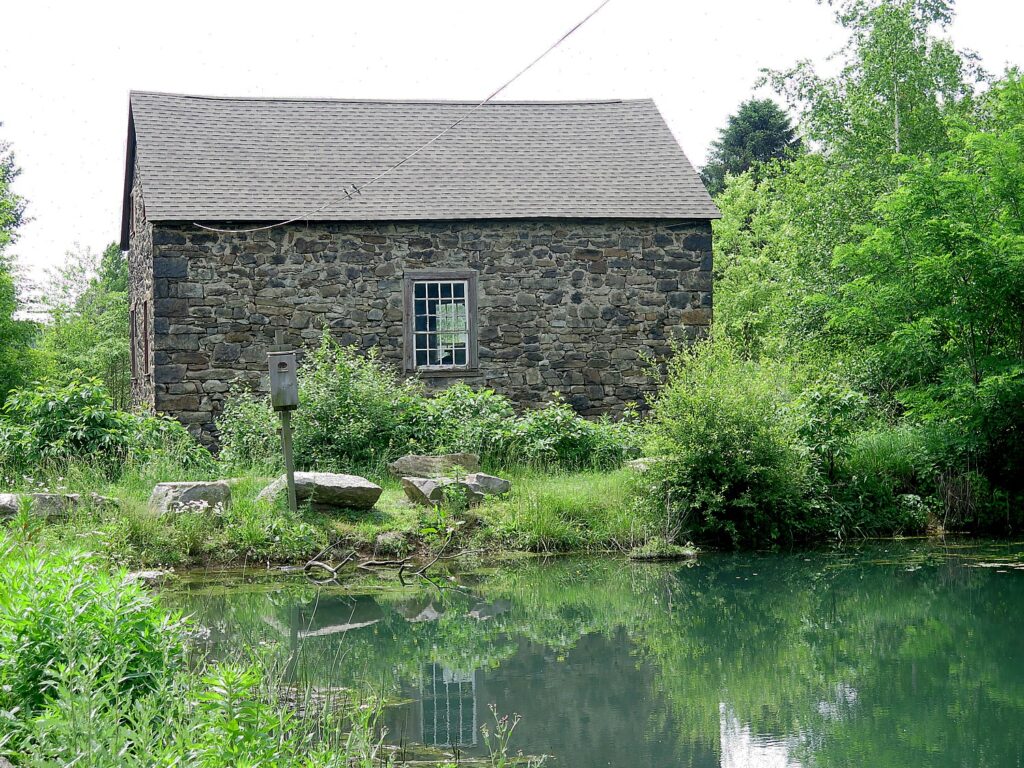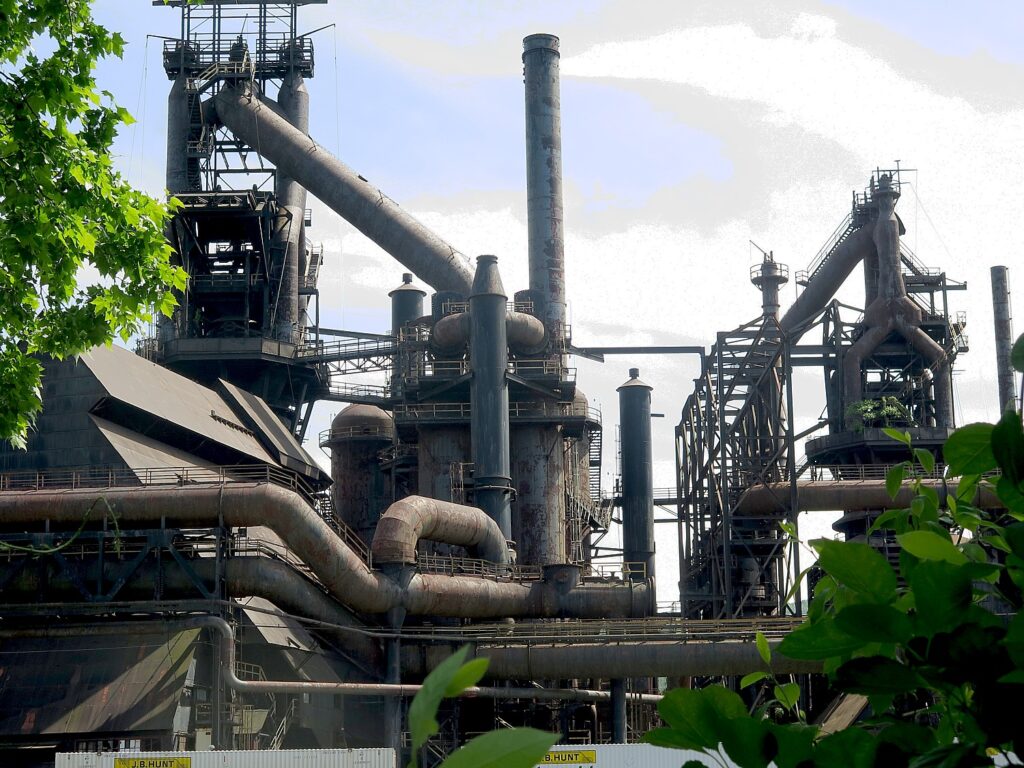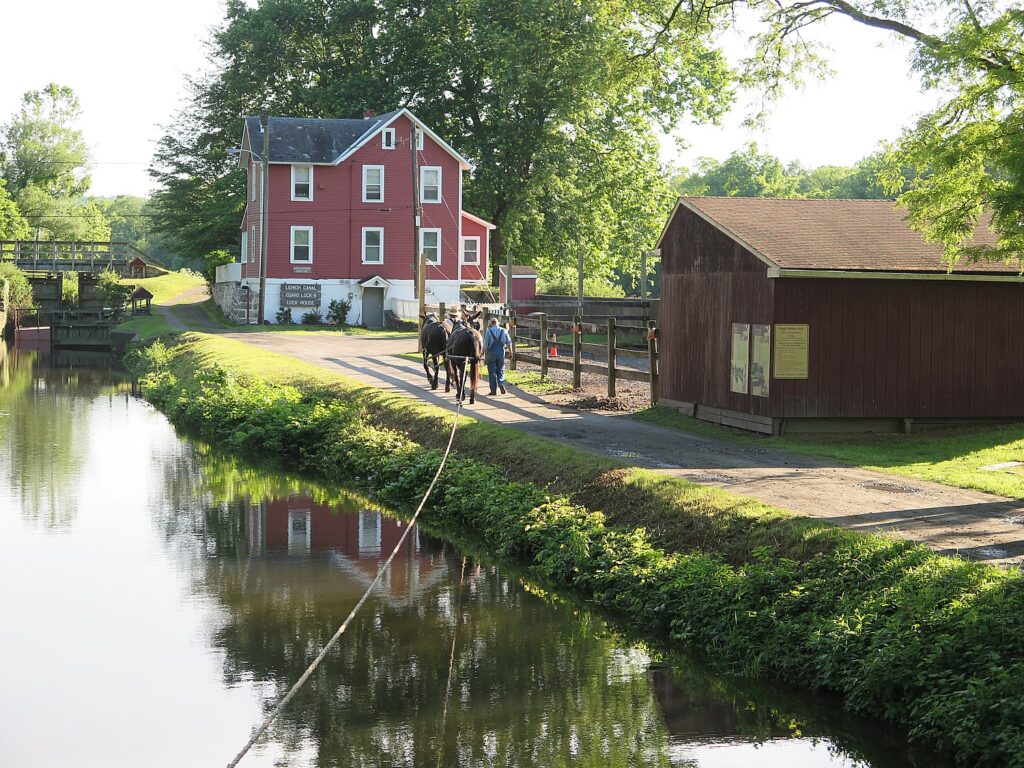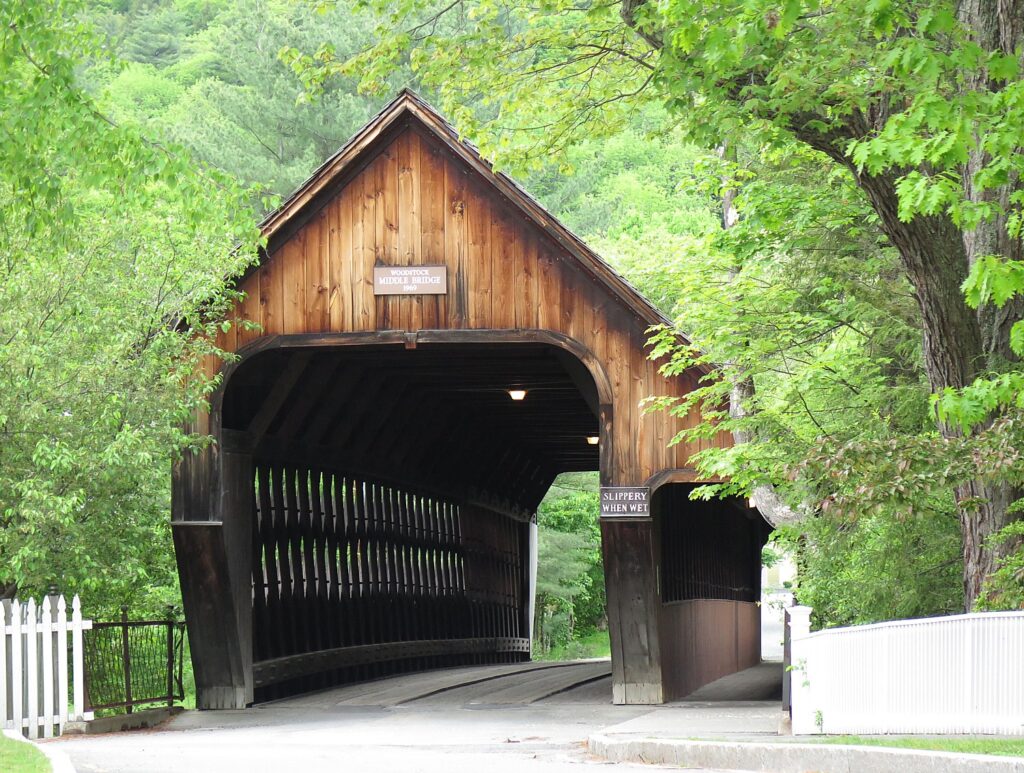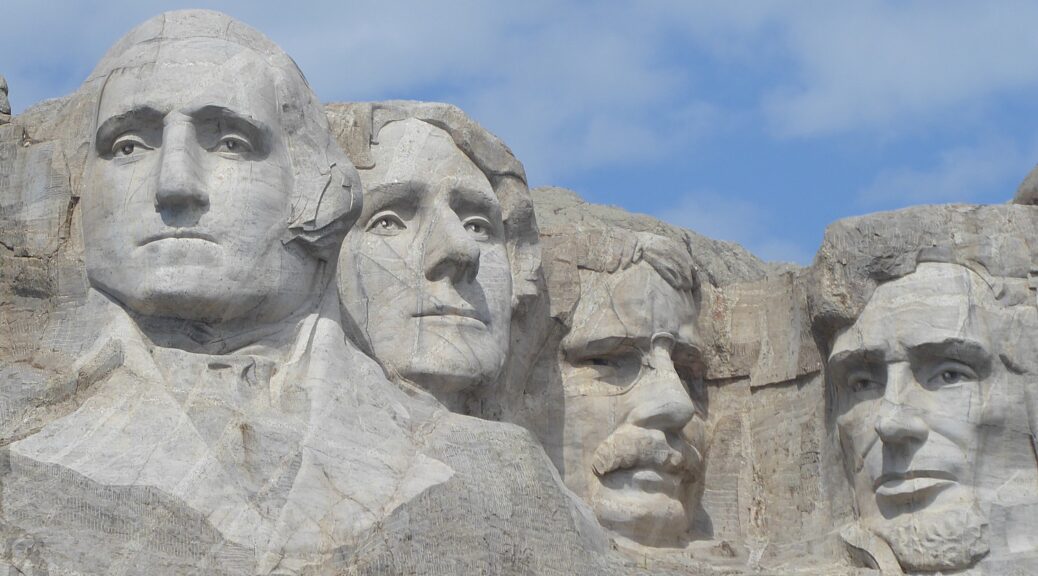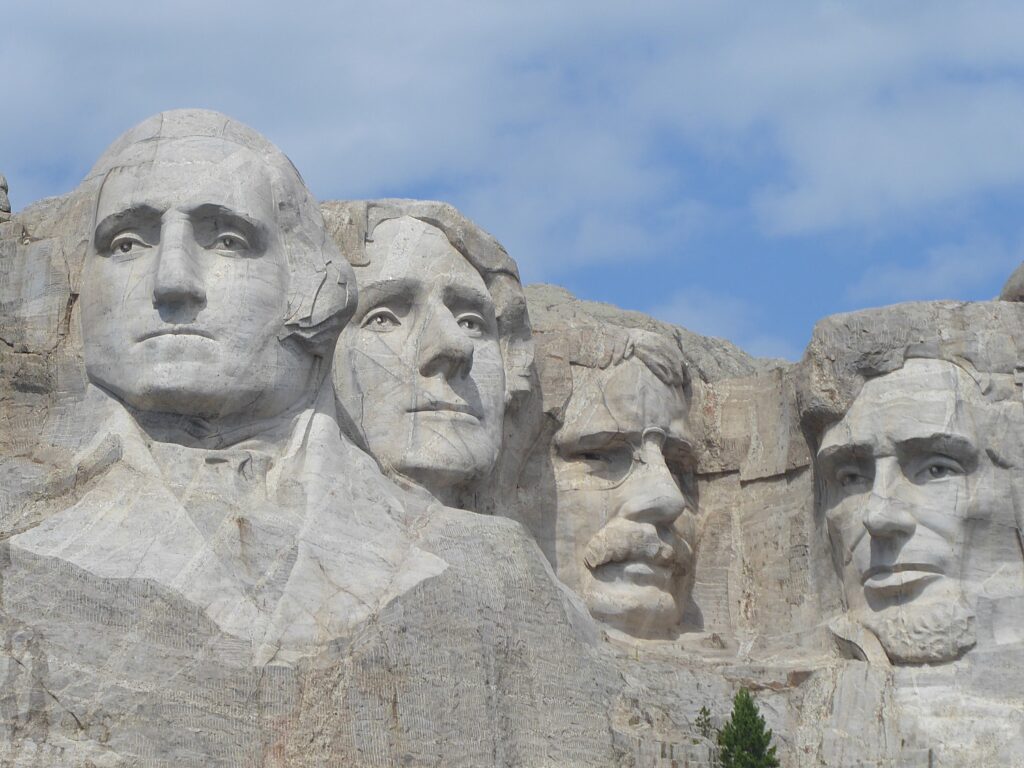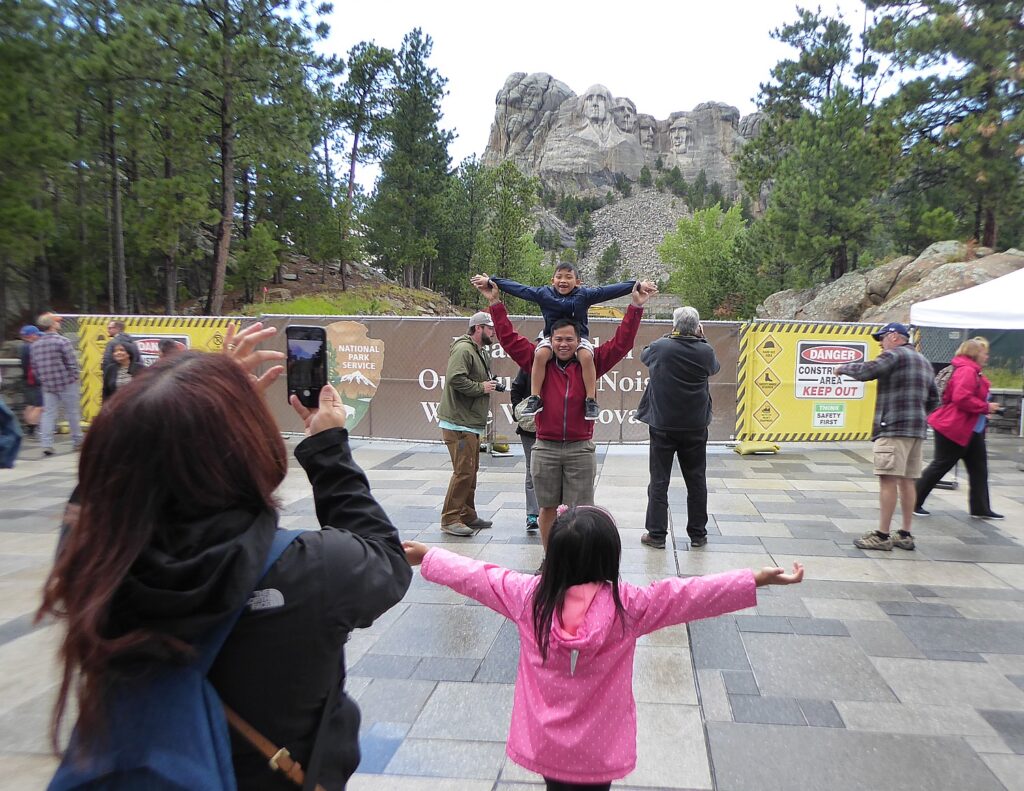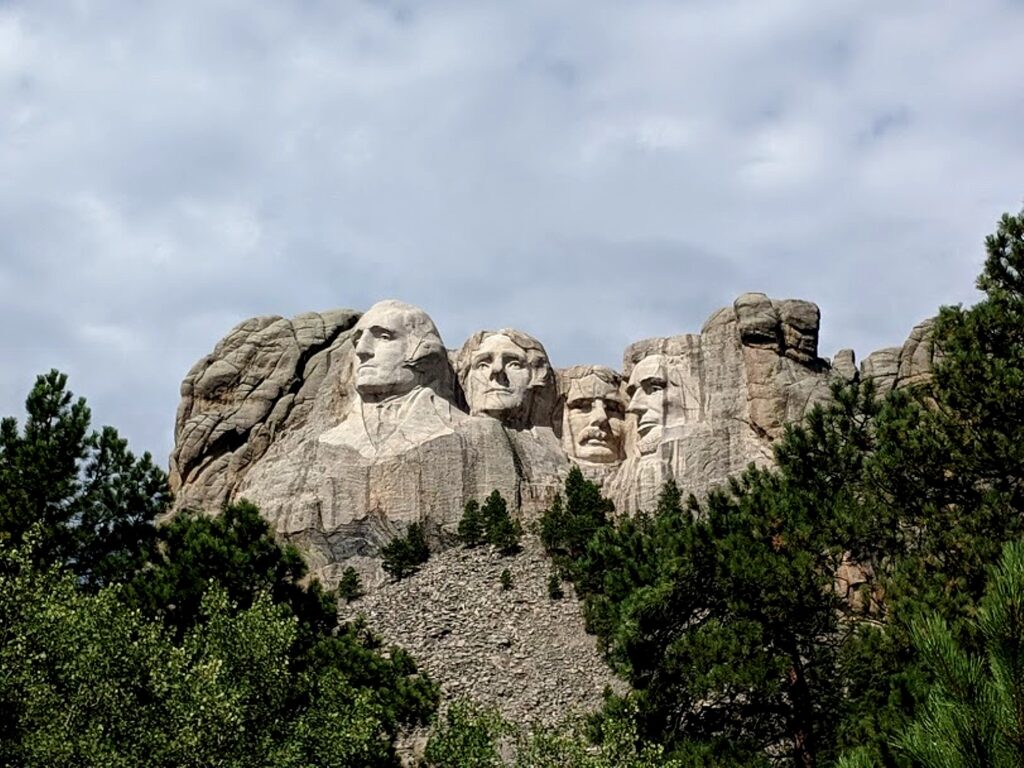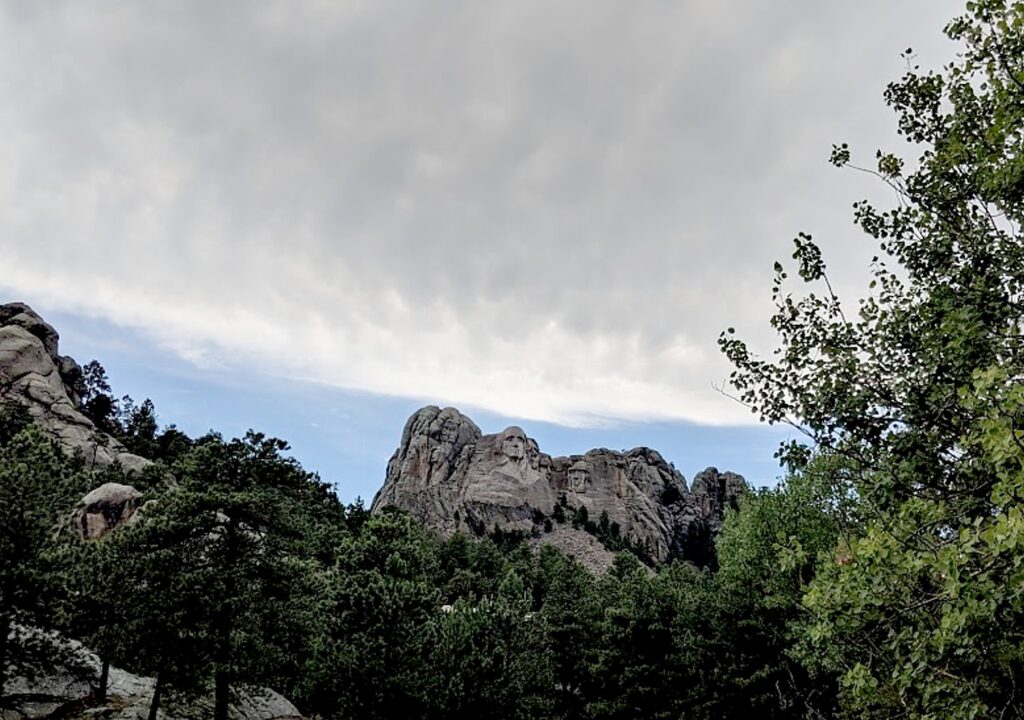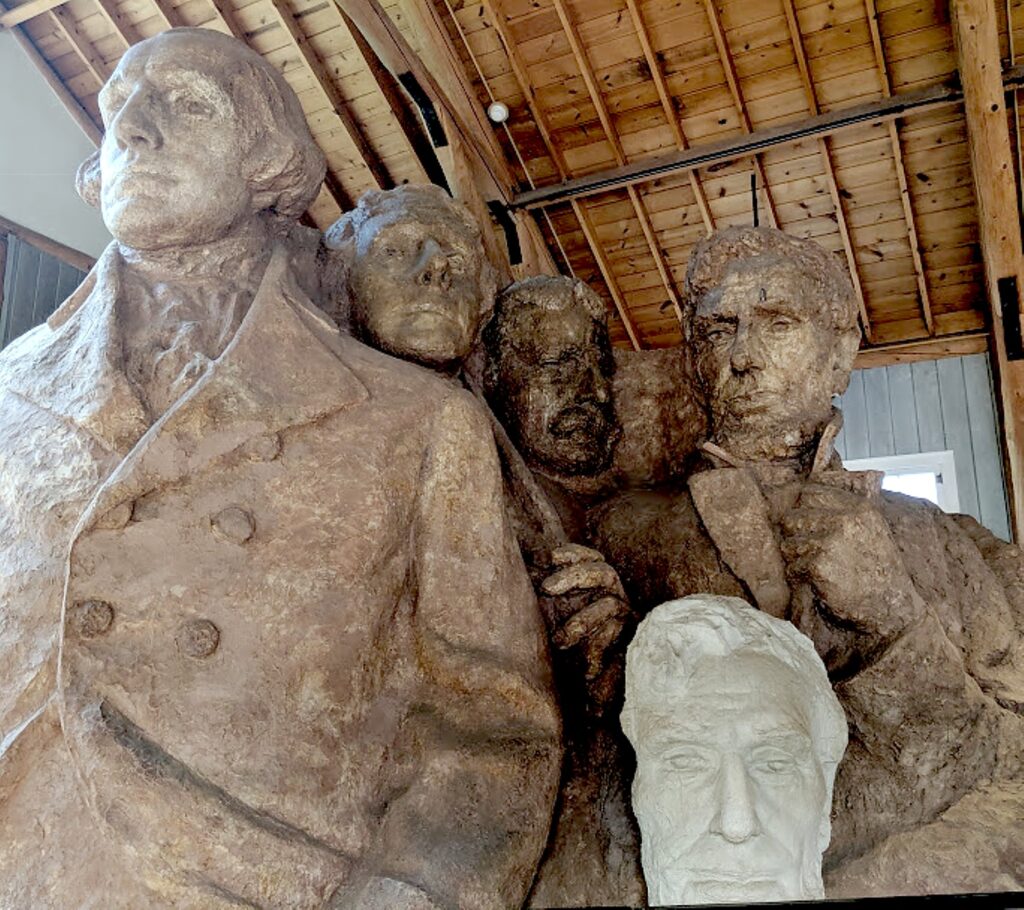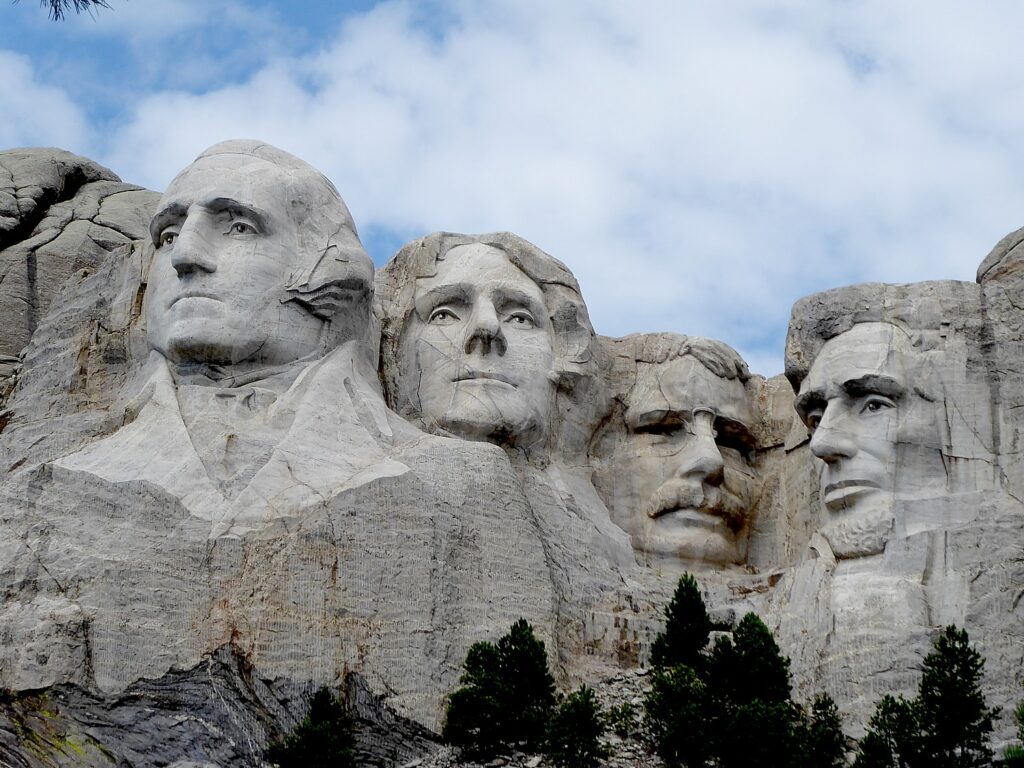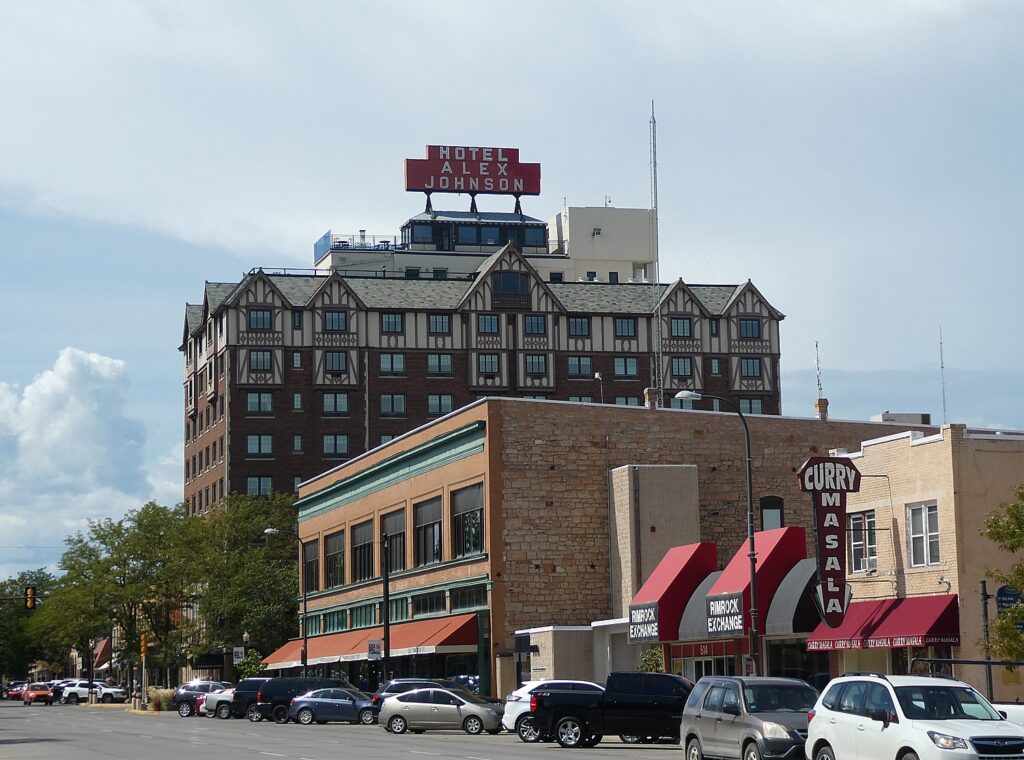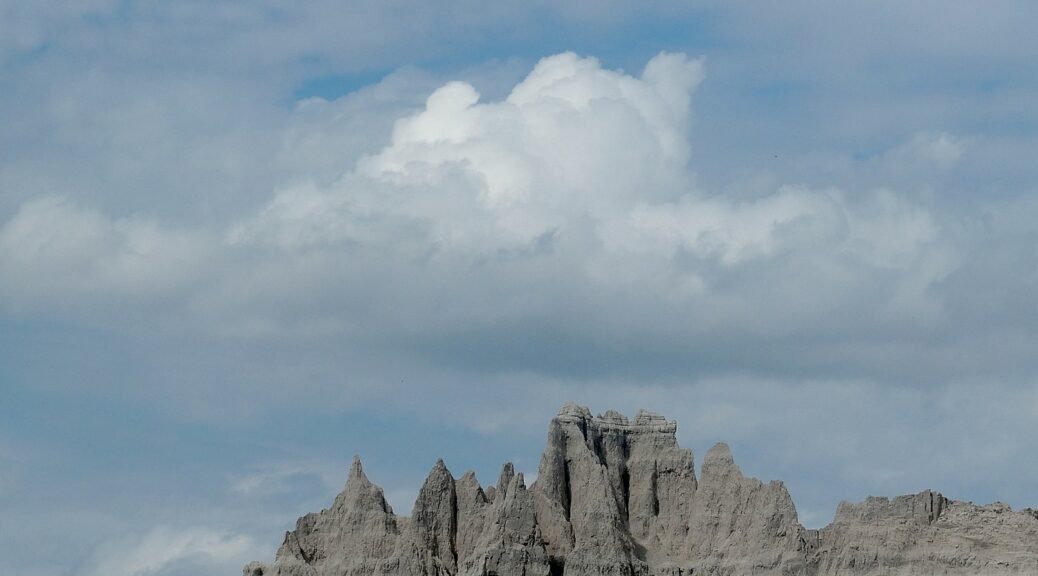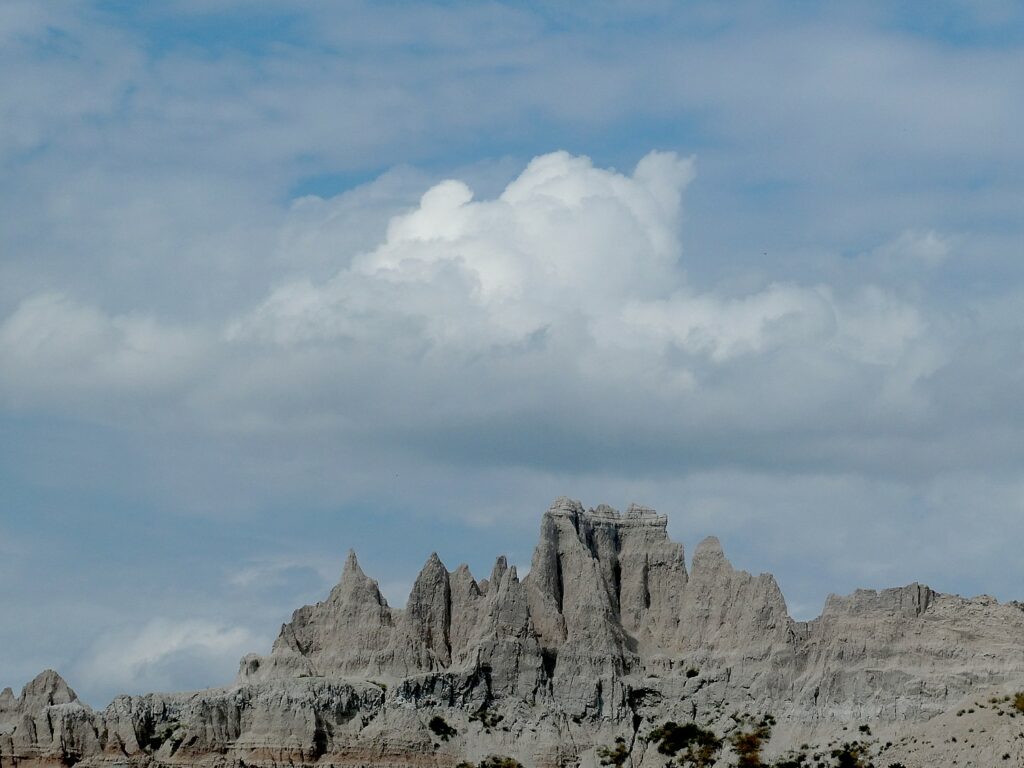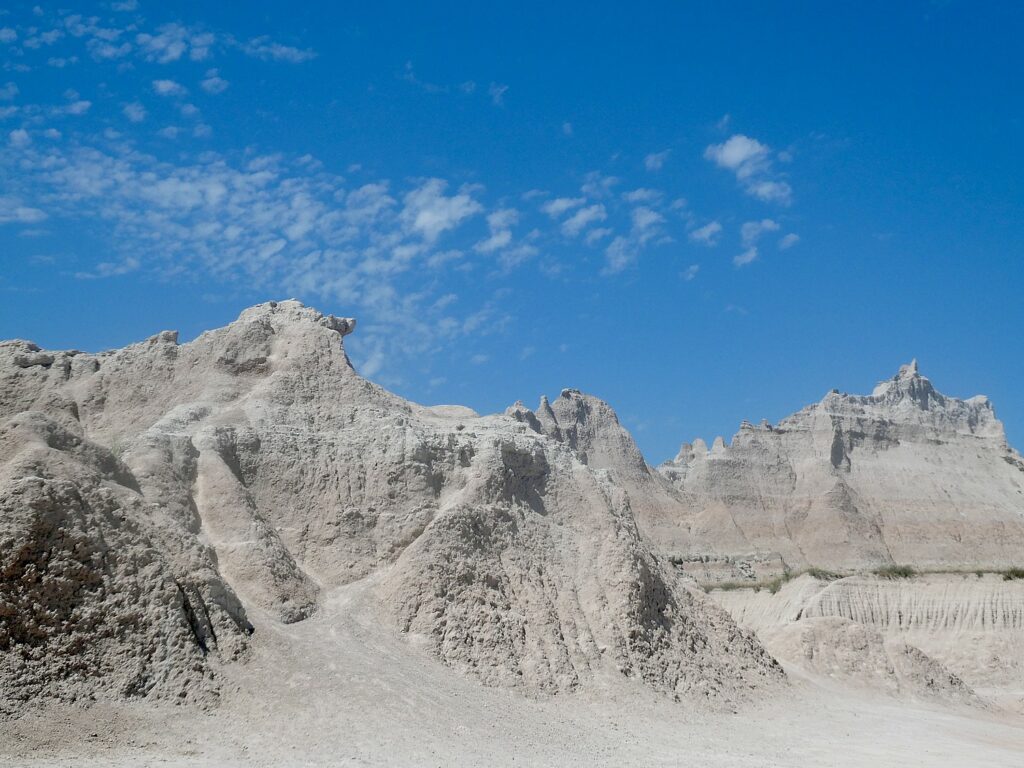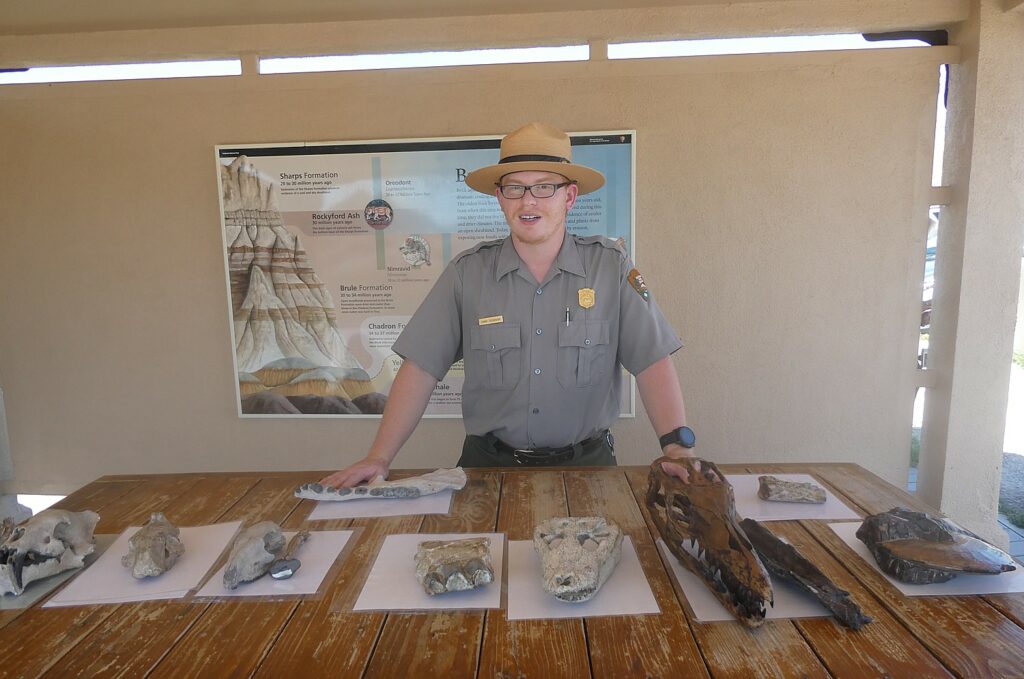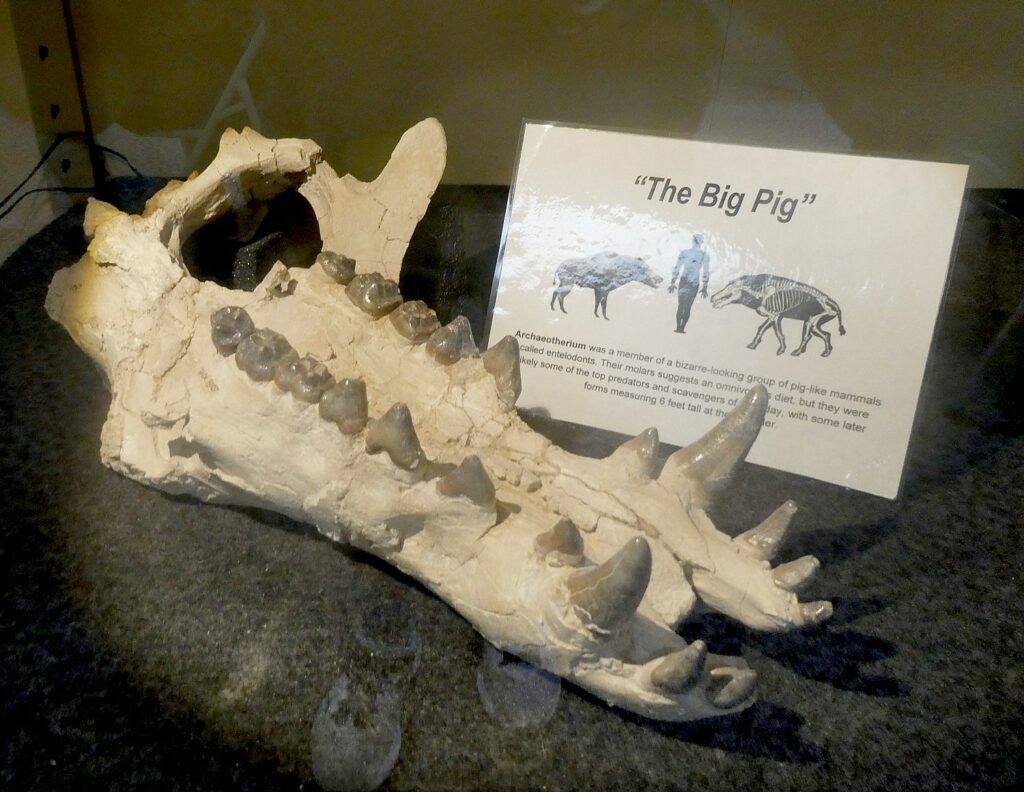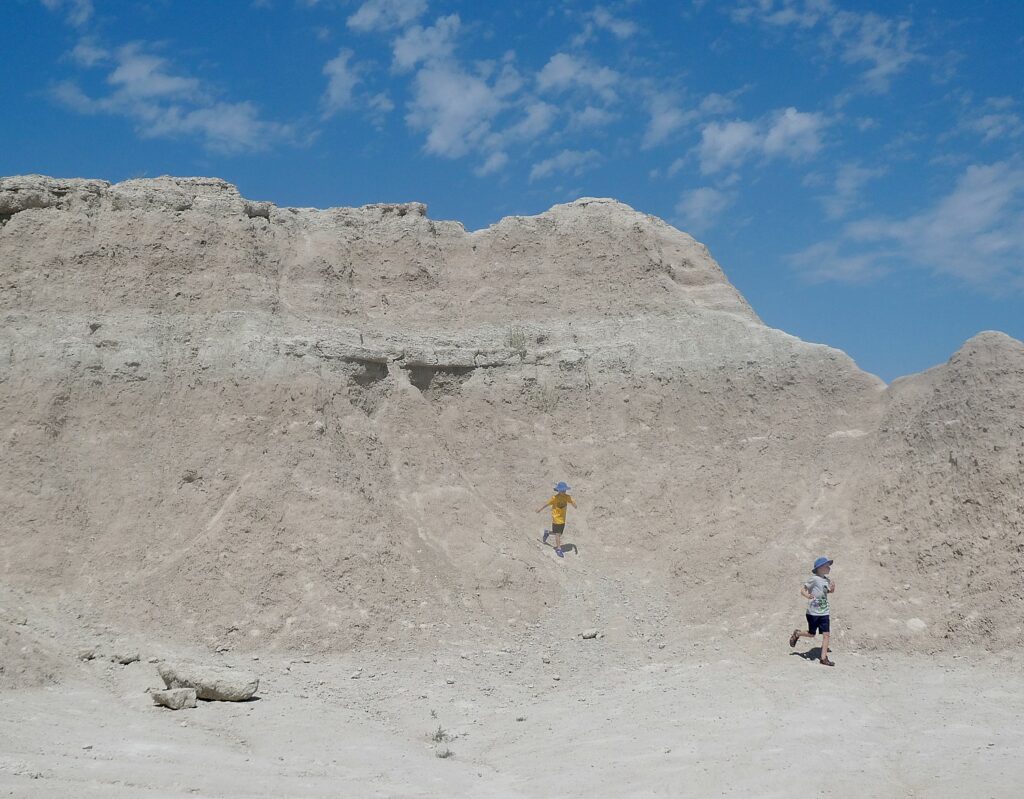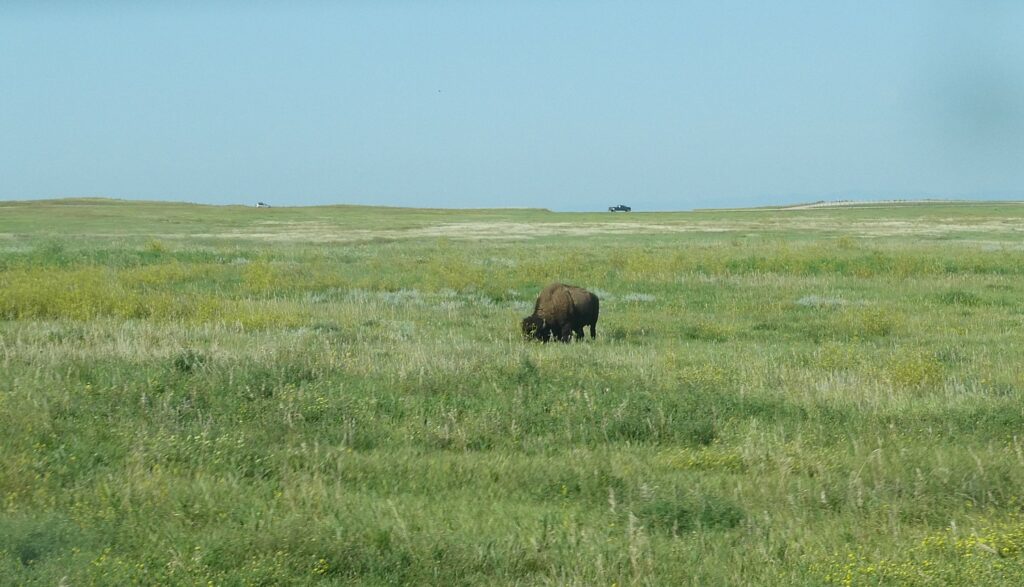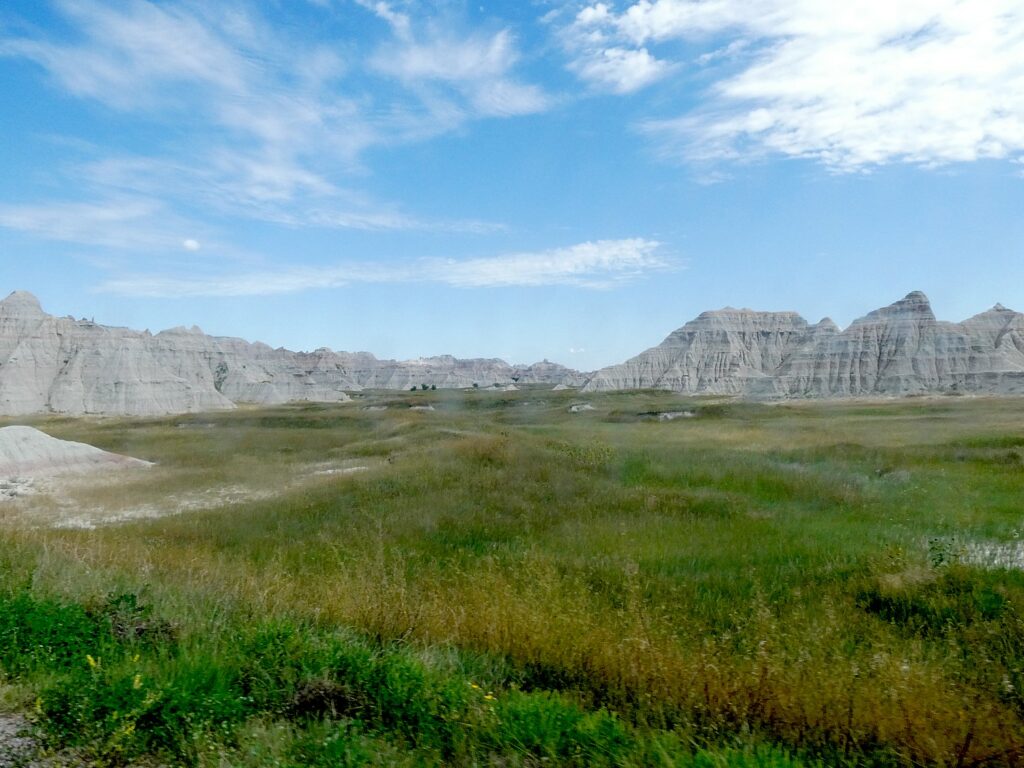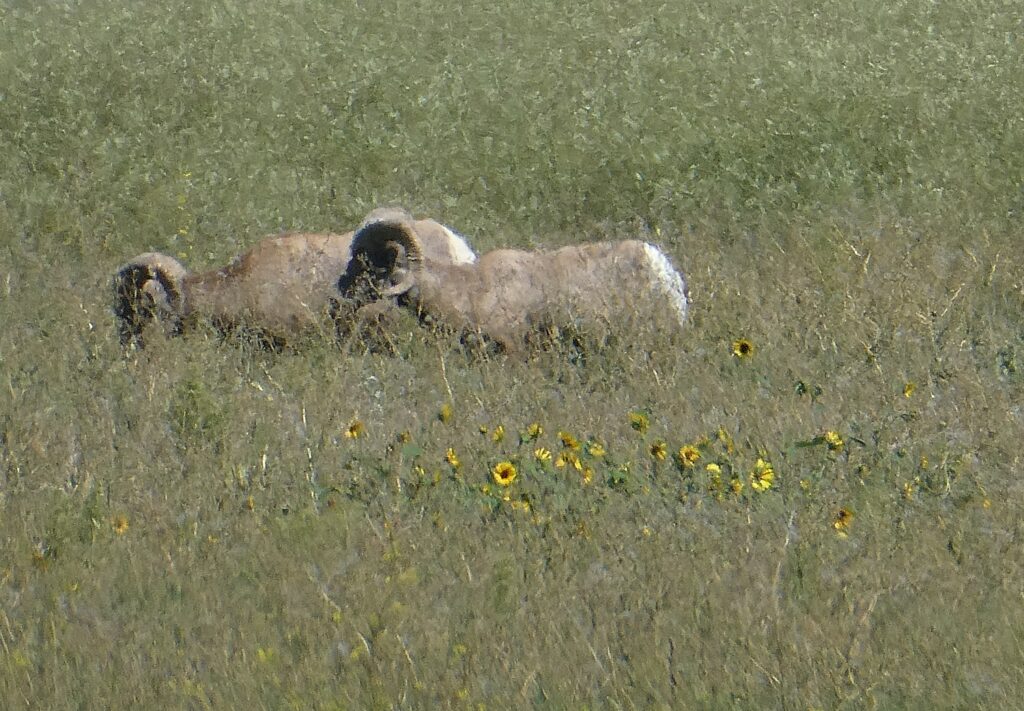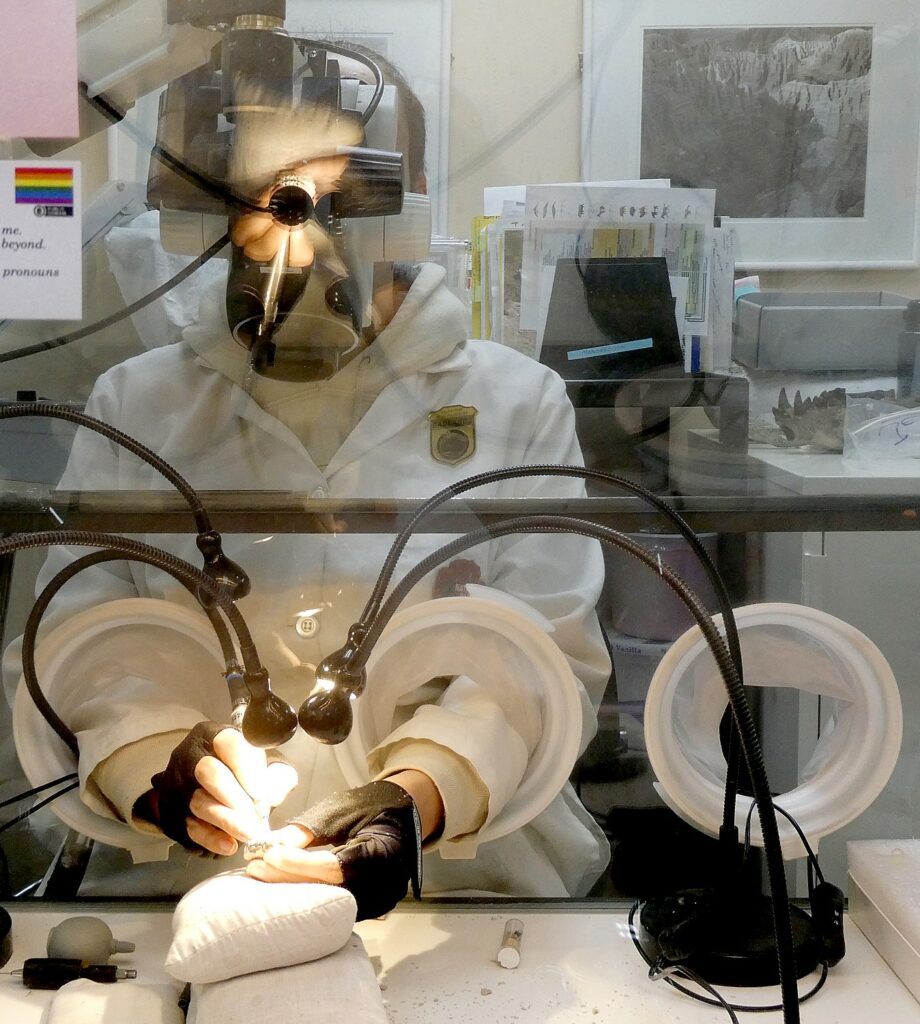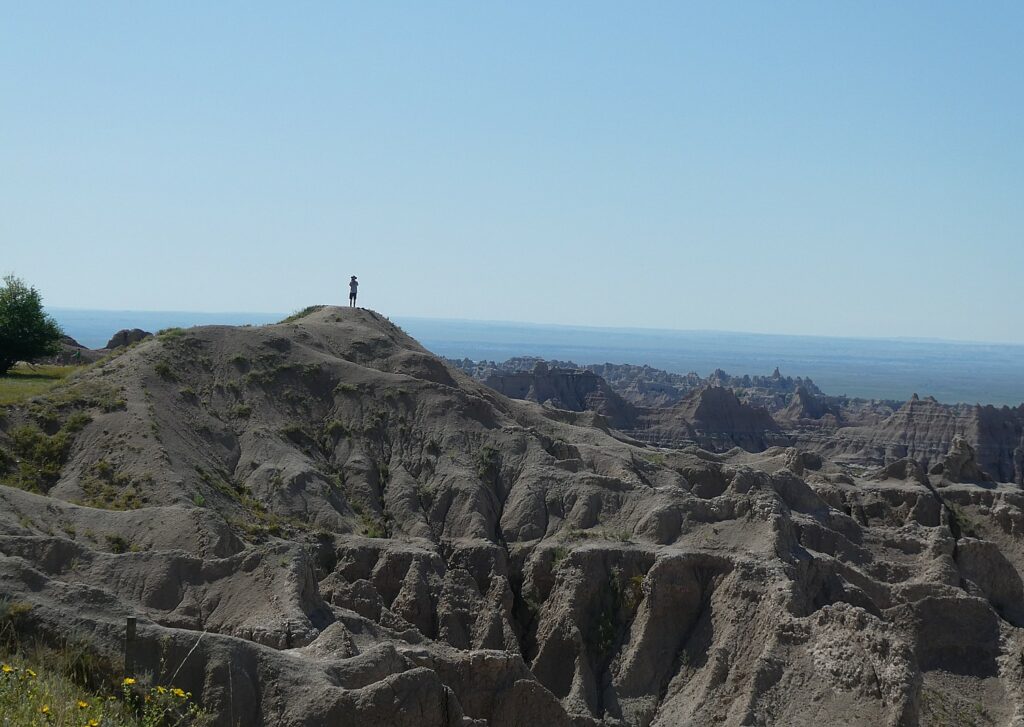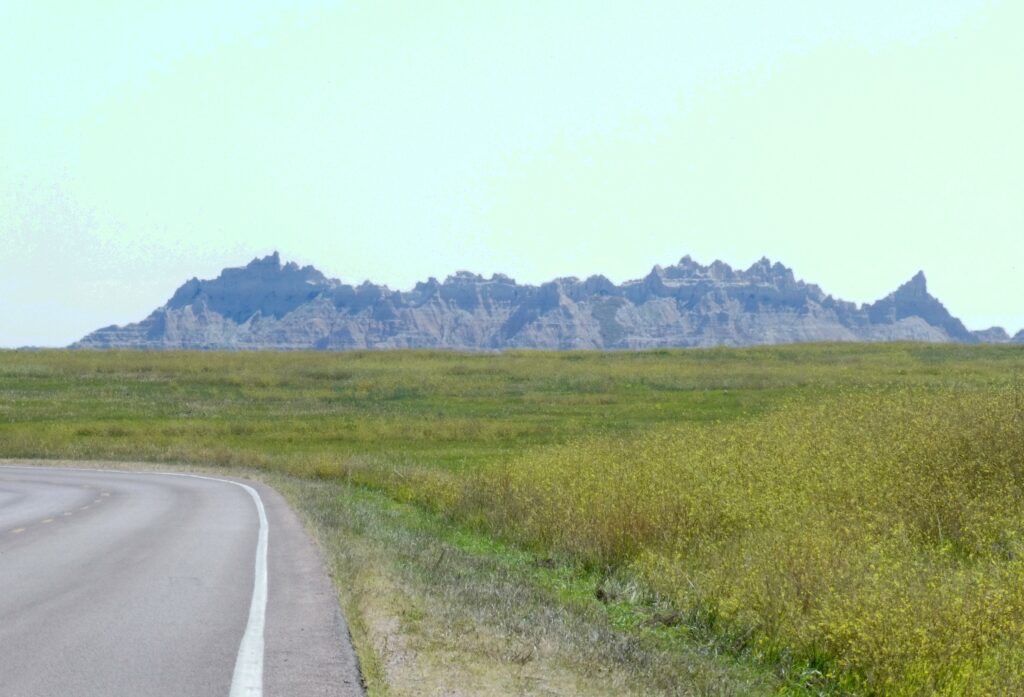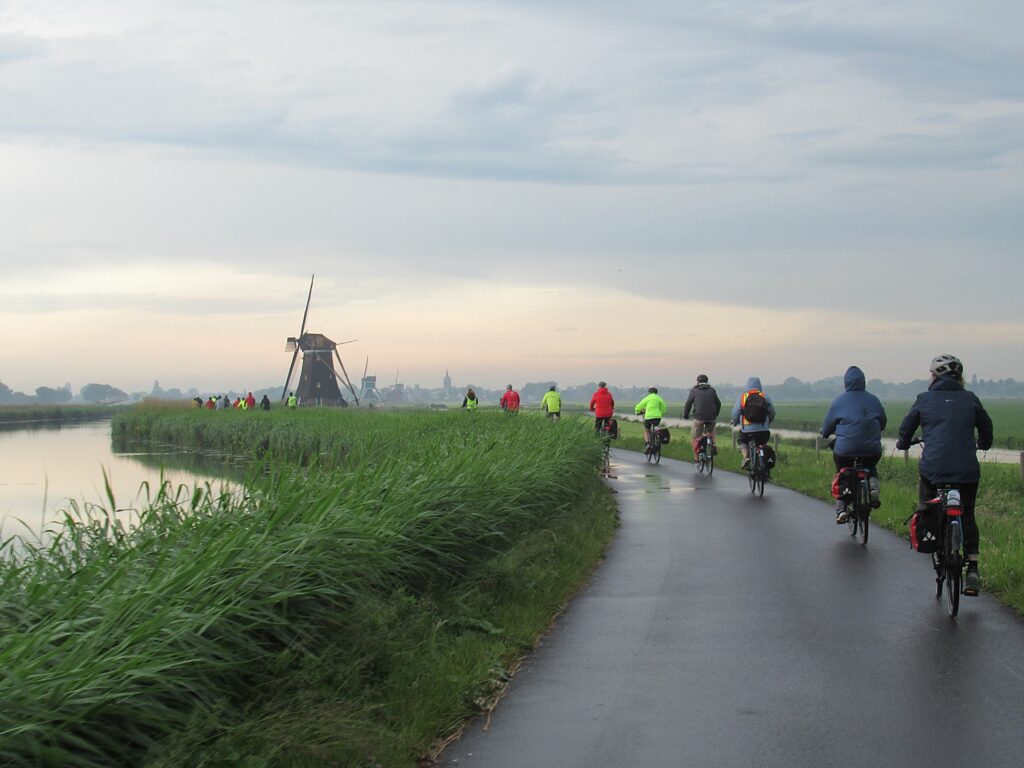
By Karen Rubin, Travel Features Syndicate, goingplacesfarandnear.com
Biking is my favorite form of travel – I love the perfect pace – not to fast, not too slow to be able to really be in the moment – being outside with no window or barrier, going through villages and neighborhoods you would not likely see traveling by car, bus or train, being able to stop and admire the view. And I love at the end of the day, feeling both physically accomplished and exhilarated, with the endorphins sparking. You feel you are an active participant in your surroundings, not a mere spectator. All your senses are activated.

In decades of travel, the experiences I cherish most include riding the biketours.com’s self-guided Danube Bike Trail trip from Passau to Vienna with my sons; being transformed seeing people and villages in Albania (e-bike recommended); the exhilaration of reaching the top of Cadillac Mountain on Discovery Bicycle’s Maine Coast tour; and the warm feeling after a hot shower, wrapped in a lush bathrobe in a historic inn after a hilly, rainy ride on a hybrid bike (e-bike available) on Discovery’s Eastern Quebec Townships trip; the sheer delight of biking from Bruges to Amsterdam and sailing on a boat with Boat Bike Tours.
Bike trips have become so popular, they have veered far from the humdrum into the heretofore unimaginable. There is hardly any place in the world where you cannot explore on two-wheels (hybrid, road bikes, gravel bikes, e-bikes), where there are not guided trips, or self-guided trips (where you rent the bike, have vouchers for accommodations, and your luggage is picked up and magically appears at the next inn, much easier now with Ride GPS and similar apps). Also, e-bikes have opened a world and extended your years in the saddle – you no longer have to be afraid when the ride is rated a 4, with major hills.
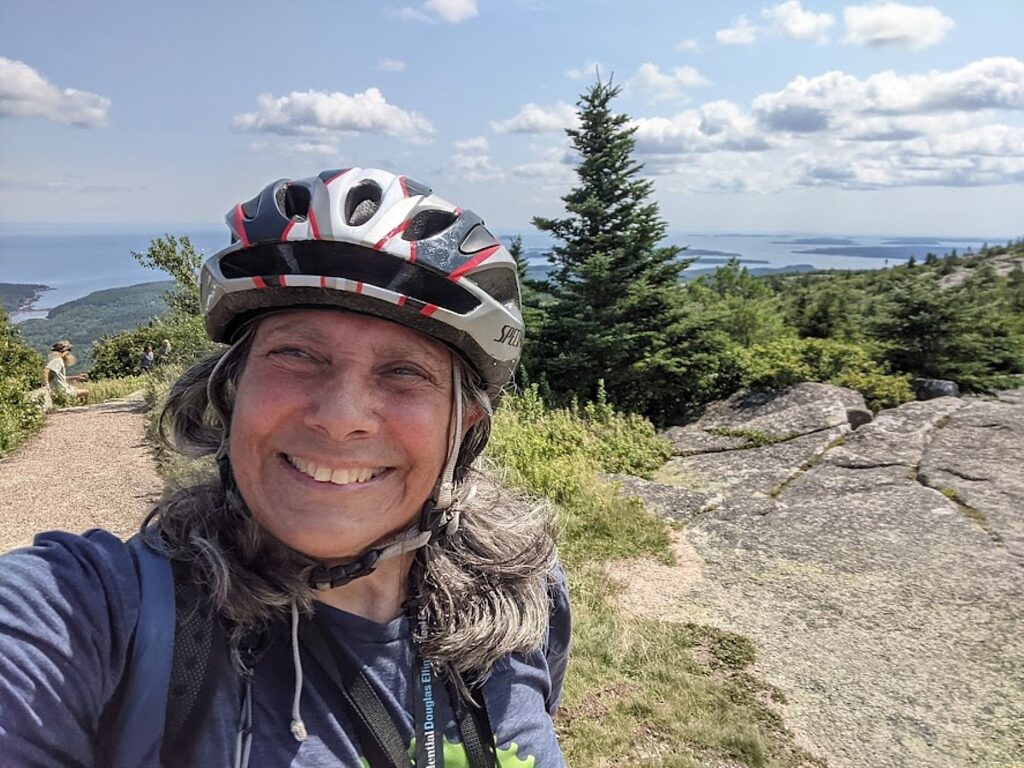
Also, whether you are a family, a couple, a group of friends, or traveling solo (as I do), bike tours are ideal. Here are some recommendations:
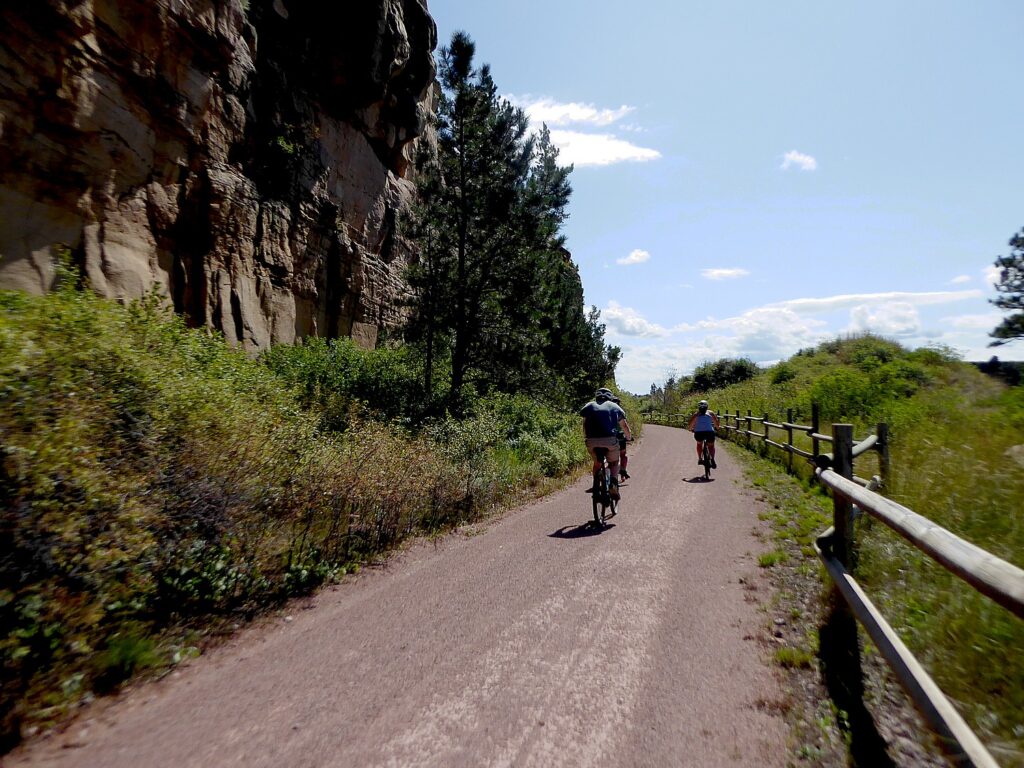
Wilderness Voyageurs has a huge selection of offerings, especially trips that take advantage of rail-trails (the company is based along the Great Allegheny Passage in Ohiopyle, PA).They have trips on 30 rail-trails across the USA (11 are in the Rails to Trails Conservancy Hall of Fame), and have been the operator of RTC’s Sojourn trips on the GAP. They offer a marvelous selection of trips on New York’s Erie Canalway, on the new Empire Trail Network (from Battery Park up to Albany, but the trail network actually goes all the way up to Canada), as well as Missouri’s KATY Trail (longest rail trail in the USA), C&O Canal and Mickelson Rail Trail in South Dakota (I thoroughly enjoyed its Badlands & Black Hills tour). The trip I am looking to do next is the Coeur d’Alene & Hiawatha Trail in Idaho – two Rail-to-Trail Conservancy Hall of Famers, with 10 tunnels including the famous “Taft Tunnel” at 8771 feet long, 7 steel trestles, one 220 feet high). The company has an extensive selection of road bike tours in Michigan, Texas, Maryland’s Chesapeake Bay, Gettysburg & the civil War, Shenandoah & Skyline Drive, Kentucky Bike & Bourbon, Colorado, New York’s Finger Lakes and the Adirondacks and a new offering on the Maine Coast & Acadia (I am eying the San Juan Islands, Washington, six-day trip covering San Juan, Lopez and Orcas Islands). It also offers gravel bike tours and two itineraries in Cuba. The trips are well marked for their ability, and the guides, accommodations and meals are superb. (Wilderness-Voyageurs.com, 855-550-7705).-

Discovery Bicycle Tours has actually added departures on four otherwise sold out itineraries this year: GAP Trail Getaway, ride the full Great Allegheny Passage (GAP) Trail in 4 days, from Cumberland, Maryland, to Pittsburgh, PA (Level 1), new departures Sept. 14-17, Sept. 19-22; six days of carefree riding on the P’tit Train du Nord, one of the most scenic rail trails in the lovely province of Quebec, just over the border in Canada (take your passport! Level 2-easier to intermediate, new departure Sept. 17-22); a four-day Appalachian Rail Trails, one of Discovery’s newest tours, offers some of the best trail riding in the Virginia-West Virginia region; new departure Oct. 6-11); and a four-day New York Finger Lakes Getaway trip where you unpack once, stay in a high-end inn, and spin through New York State’s famed winery region filled with delightful farms and villages and perhaps spot Amish buggies (easier-intermediate, departure Sept. 22-25). Discovery Bicycle Tours offers cycling vacations through the US, Canada, New Zealand, Europe,
Chile, Cambodia, and Vietnam. They are already taking bookings for 2025 for its 8-day Bike & Barge Netherlands North tour; 8-day Moselle River Bike & Barge; 8-day E-bike & Cruise Croatia. Discovery Bicycle Tours, which I traveled with on their marvelous Maine Coast and their Eastern Quebec Townships trips, provides excellent value for what is high luxury (inns, dining) – including bike rentals, even e-bikes, in the cost. (800-257-2226, 802-457-3553, [email protected], discoverybicycletours.com).
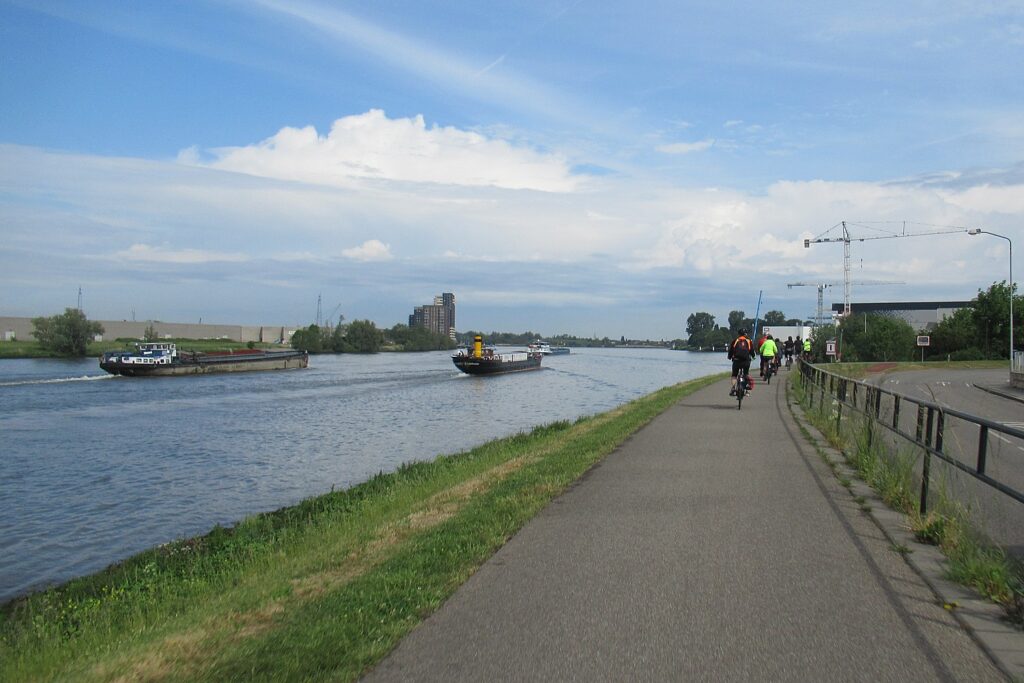
Netherlands-based Boat Bike Tours, which I traveled with on their fabulous Bruges-to-Amsterdam tour (by boat), has special offers for this summer, with up to 200 Euro savings per person on select tours: Sail & Bike Ijsselmeer & National Parks- 100 euro discount per person, on an elegant three-masted sailing ship, Elizabeth, cycling through dune landscapes, peaceful pastureland and historic fishing villages. In France, get 200 Euro discount per person: Taste Champagne (and brie!) in Champagne (Paris-Eparnay or Eparnay-Paris on the Zwaantje); or visit the best winemakers in Northern Burgundy (on the Zwaantje); the Paris-Montargis tour for beautiful medieval towns and royal history on the Fleur. There is also a 100 Euro discount pp on its Croatia/Greece programs; cycle through ancient landscapes as you explore the Aegean or Ionian islands of Greece, experience the layered history of the Croatian coastline or island-hop the gorgeous Croatian islands. (https://www.boatbiketours.com/all-offers/, boatbiketours.com, NL: +31 20 72 35 400, USA: +1 203 814 1249).
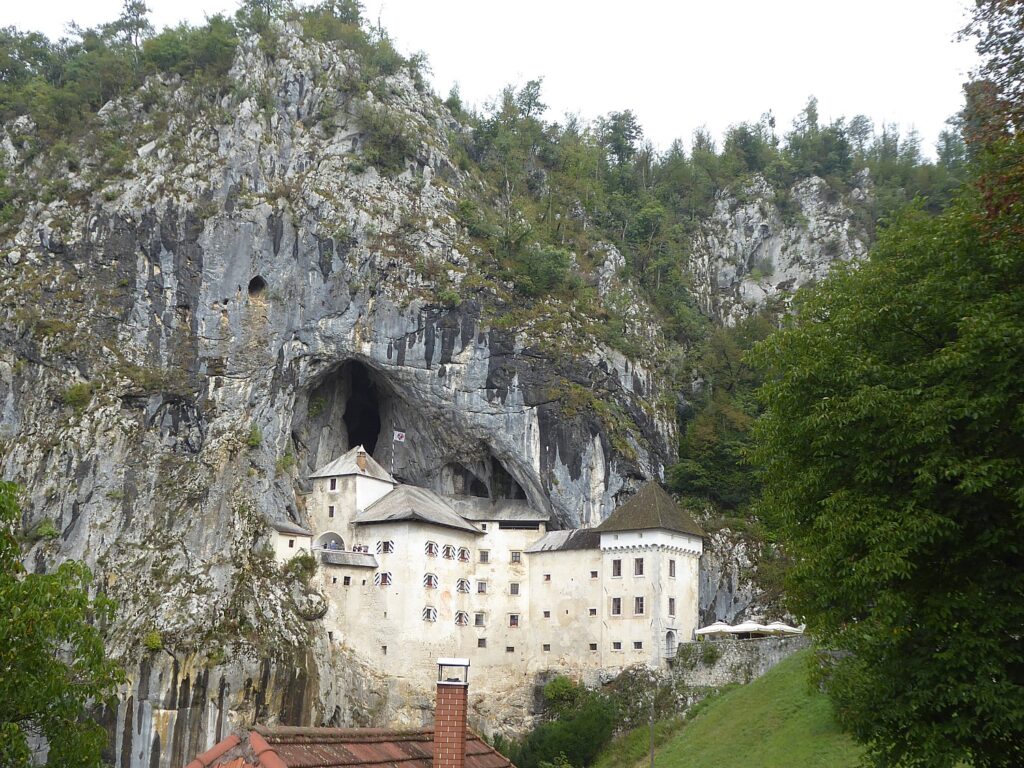
Backroads, a pioneer in biking trips since its founding in 1979 by Tom Hale, has branched out to all manner of active, multi-sport programs, and from its California origins, to span the world. It still offers one of the most extensive opportunities for biking – in fact, 143 different itineraries this year, including all the major US destinations (California, New York, Kentucky, Vermont), plus a huge selection of international destinations. Among them: 6-day Bordeaux & Dordogne Bike Tour; Brittany & Normandy Bike Tour; 6-day Tuscany by the Sea Bike Tour; and Croatia & Slovenia Bike, and eight-day Vietnam & Cambodia Bike Tour, and the trip I am eyeing, eight-day Japan Bike Tour featuring Nikko National Park to Kyoto (https://www.backroads.com/trips/BJNI/japan-bike-tour). (backroads.com, 800-462-2848).
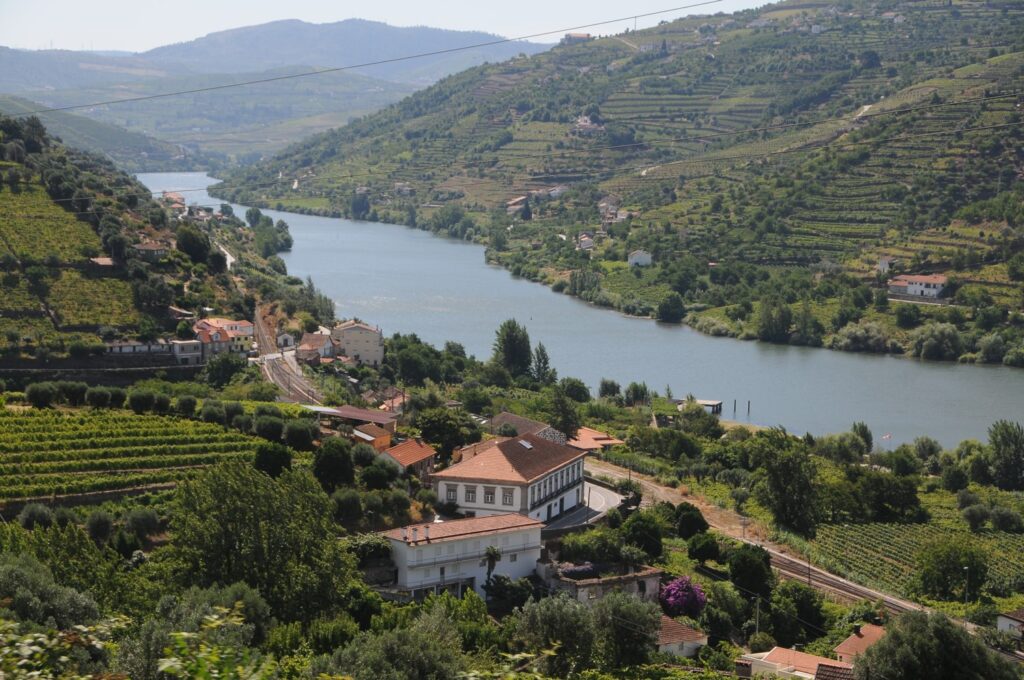
There’s still time for DuVine Cycling & Adventure Co.’s offer to first-time Duvine travelers to take $250 off any 2024 scheduled departure tour booked by June 9. Among the favorites for first timers: Bordeaux, France; Douro Valley, Portugal; Tuscany, Italy; Costa Brava, Spain; Greek Isles Yacht & Bike Tour. Its catalog of all-inclusive, luxury cycling vacations spans the United States, Europe, Latin America and Africa and include family, adventure, challenge, cycle & sail, specialty, villas, private tours, and, of course, classic itineraries. BTW, 2025 tour dates are live on duvine.com to take advantage of best rates and dates—especially for destinations that sold out fast in 2024: tulip season in Holland, new departures in Norway, and its popular hiking and biking tour in the Italian Dolomites (duvine.com, 888 396 5383)
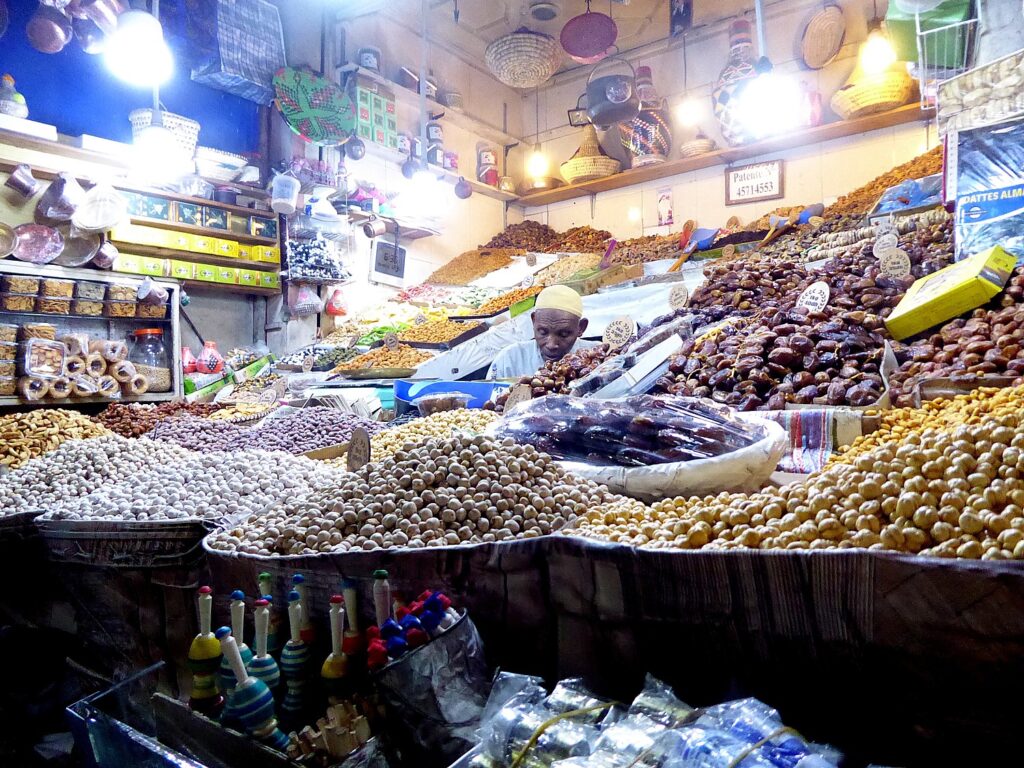
The high-end operator, Butterfield & Robinson, offers such exotic cycling trips as Ultimate Morocco, The Sahara to Marrakech Biking (with time spent in bustling souks, historic Kasbahs and indigenous Berber camps hidden among the Sahara’s silky dunes) and Vietnam biking Expedition through lush rice paddies and local villages, discover ancient cities, enjoying delicious Vietnamese cuisine and culture. B&R has released its 2025 offerings, including a new Bali Multi-Active; Japan Tayoma biking. It’s new, limited edition Sri Lanka: Cultural Triangle to South Coast Biking, February 9 – 16, 2025 is an eight-day sojourn that takes you from the port city of Negombo to the sacred city of Kandy, concluding in Galle Fort, and visiting the UNESCO World Heritage sites like Sigiriya Rock. (butterfield.com, 866-551-9090)
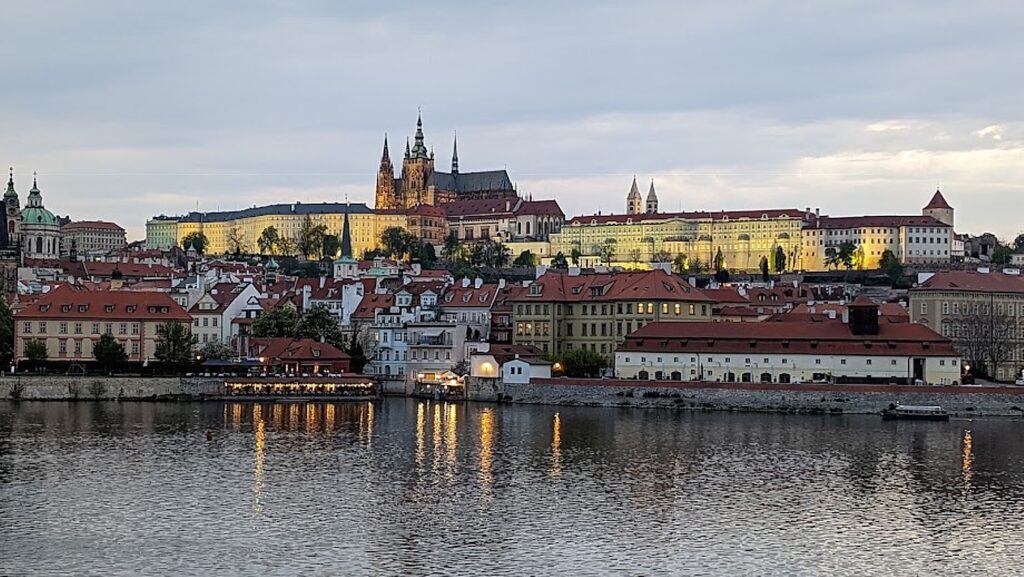
VBT Bicycling Vacations, an early pioneer in bike trips through Vermont, has long ago spread wings to far-flung destinations, to the far reaches of North America, South America, Europe, Africa, Asia and Oceania. One trip that has caught my eye is a six-day Utah: Bryce Canyon & Zion National Parks (rated easy/moderate, bike included, offered September to October) and Maryland: Eastern Shore & Chesapeake Bay (easy, bike included, offered June-October), Among the Europe itineraries is an eight-day Danube Bike & River Cruise: Prague to Budapest, available as an 11-day air-inclusive. More exotic: South Africa: Cape Town & the Garden Route, easy/moderate, bike included, available as an 11-day air-inclusive package, or 9-day land-only; New Zealand: The South island, 12-days,Jan 6-17, 2025,air included.(vbt.com, 877-774-1942, 855-443-0719)
Looking for more hard core?
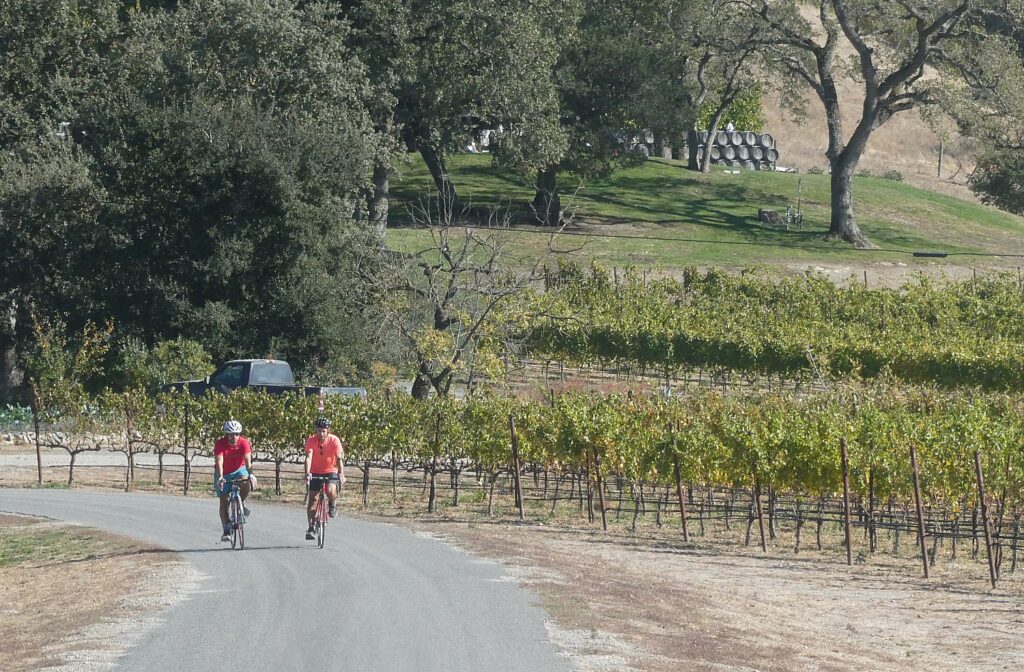
Trek Travel’s trending trips include: Andalucia bike tour (breathtaking views, savor exquisite tapas, taste classic wines, and experience warm hospitality set to the rhythm of passionate music.); Norway bike tour (Pedal past the Nigardsbreen and Bergset glaciers and conquer Sognefjellet Mountain Pass, northern Europe’s highest); Shenandoah Valley Gravel Bike Tour (pedal along pristine unpaved roads nestled in the valley between the Blue Ridge and Allegheny Mountains). Cycle through Tuscany, or Explore Coastal Charm of Croatia. Looking for romance on your bike trip? Its top “Romantic Bike Tours in 2024” include Mallorca Island; Loire Valley; Andalucia; Santa Barbara Wine Country; California Wine Country. Trek Travel is also a leader in gravel bike trips, the newest trend in cycling. (There may still be time to take advantage of a $250 discount: use code EXPLORE250 at checkout. trektravel.com, 866-464-8735)
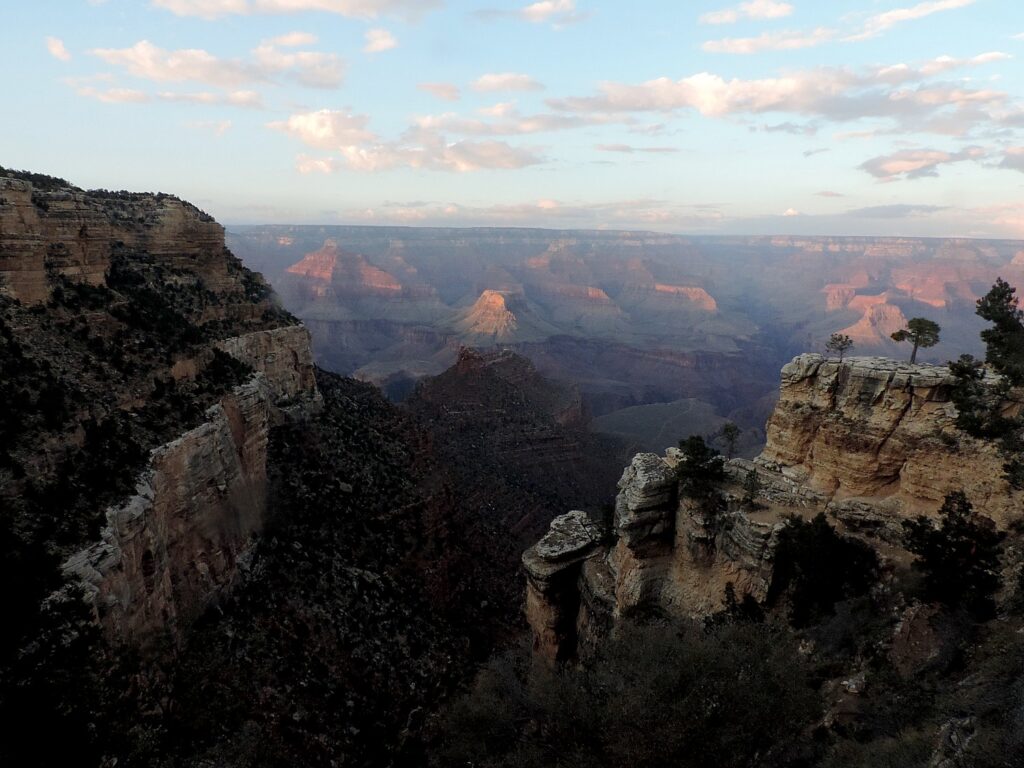
Prominent in active travel, Escape Adventures has a wonderful selection of rides through national parks, including Glacier National park Road Bike tour; Canyonlands National Park; North Rim of the Grand Canyon; Bryce, Zion, Grand Canyon Road Bike Tour; Canyonlands, Arches & Moab by Mountain Bike. More exotic: a road bike Tour de France Experience; Vuelta a Espana Experience; New Zealand road trip. With 100 destinations, Escape Adventures caters to the full spectrum of active travelers, respective to fitness level and activity type. From road cyclist to mountain biker to electric biker, hiker, and multi-sport enthusiast, and from first timer to friends and family groups of all ability levels. Escape Adventures is introducing a guided “bikepacking” 5-day camping and mountain biking trip along the 144-mile-long Maah Daah Hey Trail System (MDH). Majestic plateaus, jagged peaks and valleys, large expanses of rolling prairie, and rivers intertwine to offer the adventurous outdoors enthusiast a taste of pure, unadulterated badlands. Located adjacent to Theodore Roosevelt National Park, the MDH is one of the lengthiest stretches of continuous trail in America. Hailed as an IMBA epic, the MDH unfolds on 95% singletrack. The guided tour starts at $1,499 per person double. (https://escapeadventures.com/tour/maah-daah-hey-singletrack-mountain-bike-tour/ https://escapeadventures.com/, 800-596-2953)
Discover France is offering cycling trips that combine the exploration of iconic mountain pass and Tour de France routes with daily luxury accommodations and local gastronomy. Available in the Alps, Provence Mont Ventoux, the Pyrenees and the French Riviera, these prestigious cycling adventures lets you discover charming regions while taking on a sporting challenge. Its trip through the Dordogne region lets you ride and discover charming villages, stroll through the narrow streets of medieval towns built on cliffs, such as Rocamadour, experience its rich gastronomy, such as the famous black truffle and finish the trip with an escapade in the Lascaux Caves, one of the many prehistoric sites of the region. Its “Tour de France: Dolomites & Grand Departure Adventure,” is an 8-day VIP Bike Tour that includes a ride through the famous Dolomites and a stop in Florence(Italy) for the grand departure of the Tour de France. During the first few days you will challenge yourself by riding in the Italian mountains. Then enjoy VIP access to the Tour’s historic start in Florence. Riding on the official road of the Tour and crossing the finish line in Bologna will end this adventure on a high note. (DISCOVER FRANCE 427 Rue Hélène Boucher Mauguio 34130 France, discoverfrance.com).
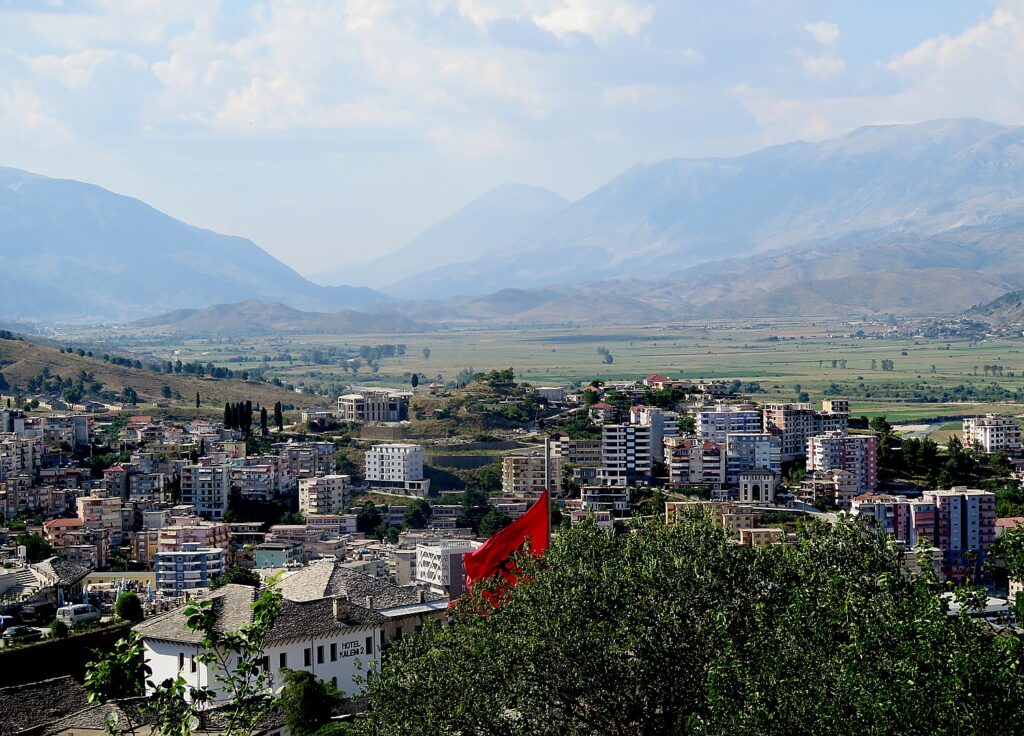
For excellent value in bike tours, my go-to is BikeTours.com – basically a broker of programs in just about every country in Europe, even Montenegro, Poland, Romania, and Estonia (I took a fabulous boat/bike trip through Greek Islands), plus Japan and South Africa and the United States. They basically represent local operators, so offer much the same itinerary as the high-end offerings, but with more choice of accommodations and opportunities for lower cost. They also offer perhaps the best selection of self-guided trips, which can be 30-50 percent cheaper than guided tours (we’ve done their self-guided Danube Bike Tour Passau-Vienna, and self-guided Venice-Croatia and guided Greek Isles boat/bike trip, and a guided Slovenia trip). The company, under its previous owner and founder, Jim Johnson, opened Albania for biking, which I experienced the trip with Johnson. You appreciate how significant biking is to really understanding a country and its people, when you ride through villages (e-bike recommended). Albania is perhaps Europe’s best kept secret. We were impressed by Albania’s diverse landscapes—snow-capped mountains, deep forests and beaches—its rich heritage and culture and how people in rural areas were actually excited and curious to see visitors in their villages, especially those traveling by bicycle. This also has to be one of the best values in European cycling: experience the 9-day “UNESCO Sites of Albania” guided 1190E or self-guided from 950E. (biketours.com, 833-216-0635, 215-613-0874)
________________
© 2024 Travel Features Syndicate, a division of Workstyles, Inc. All rights reserved. Visit goingplacesfarandnear.com and travelwritersmagazine.com/TravelFeaturesSyndicate/. Blogging at goingplacesnearandfar.wordpress.com and moralcompasstravel.info. Visit instagram.com/going_places_far_and_near and instagram.com/bigbackpacktraveler/ Send comments or questions to [email protected]. Tweet @TravelFeatures. ‘Like’ us at facebook.com/NewsPhotoFeatures


